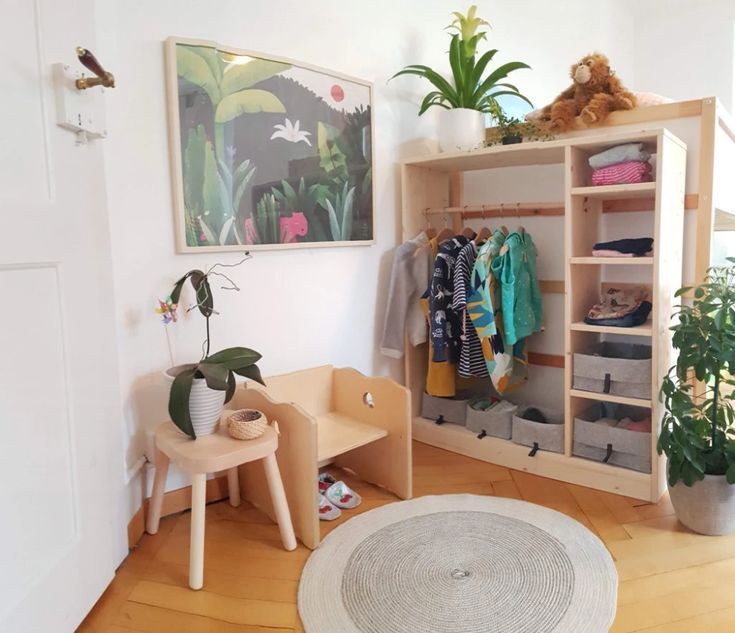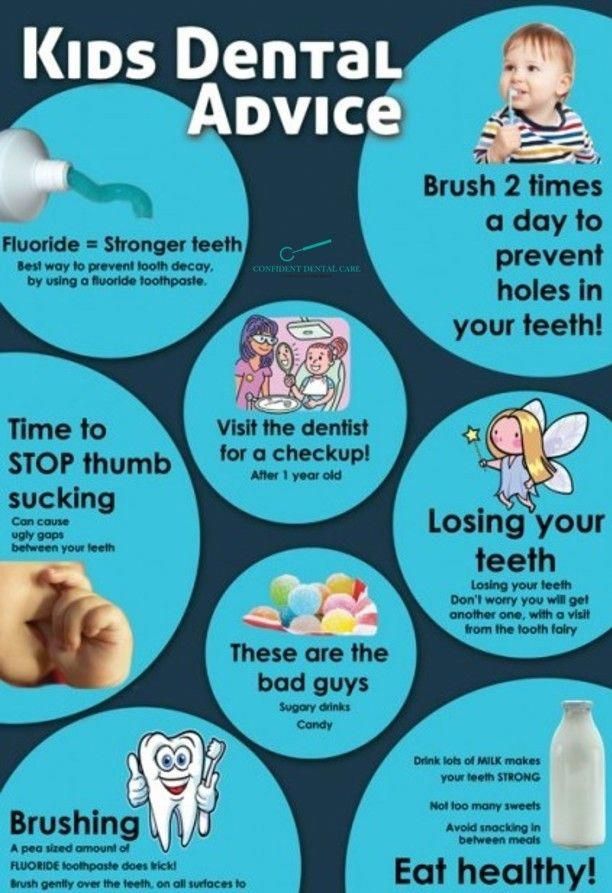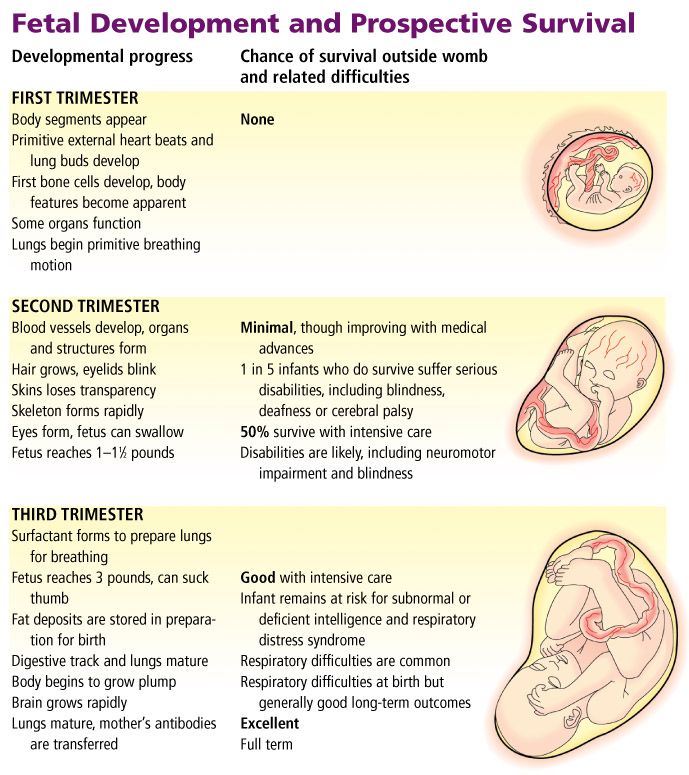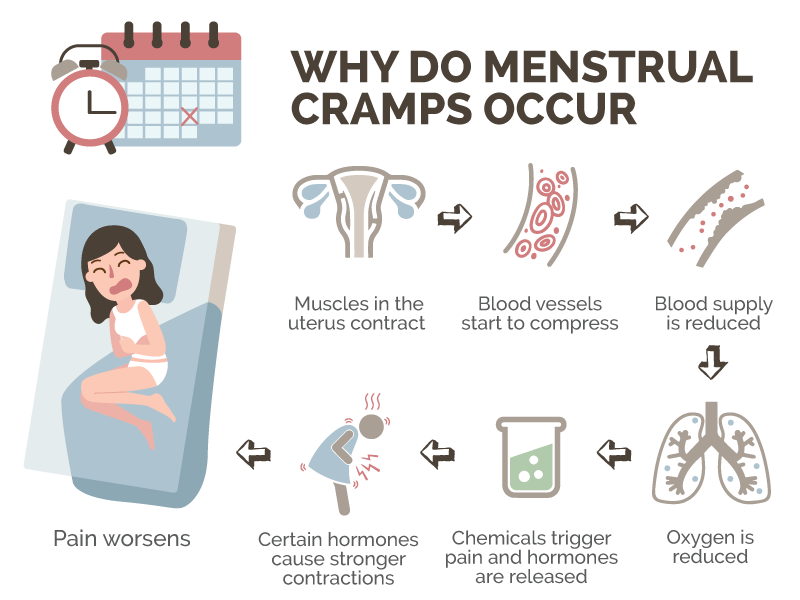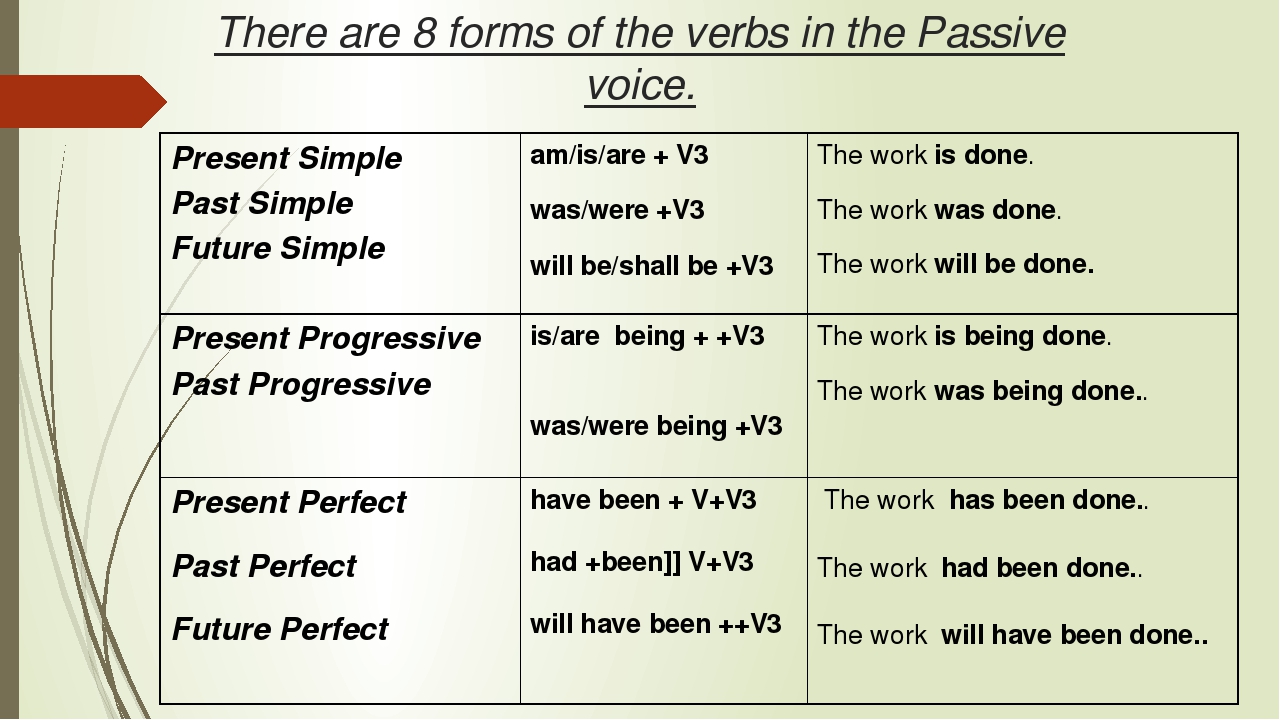Toddlers dressing themselves
How to get dressed: teaching your child
Why your child needs to learn how to get dressed
Learning to get dressed builds your child’s confidence and independence and gives them a sense of achievement. And once your child can dress themselves, helping them get dressed is one less thing for you to do.
Also, getting dressed helps your child develop many other skills. These include:
- fine motor skills – for example, by fastening buttons and zips
- gross motor skills – for example, by standing on one leg to pull on a pair of pants
- cognitive skills – for example, by remembering which clothes go on first and concentrating on getting the task done
- language skills – for example, by naming types of clothes, colours and sizes
- awareness of time and space – for example, by dressing for certain occasions and weather conditions.
Getting started with getting dressed
Often very young children start to be aware of clothing by pulling off easy-to-remove things like socks, shoes or hats. Sometimes they try to put them on again. You can build on this early awareness by naming the clothes your child has taken off and the body parts they go on.
You can start to include your older baby or toddler in getting dressed by letting your child choose clothes and naming them as you put them on your child.
And when you decide it’s time to work on this skill with your child, it can help to have some easy clothes on hand. These might include:
- loose, elastic-waisted pants
- clothes with velcro or large buttons and button holes
- jumpers, t-shirts and underwear with pictures on the front to help your child work out front from back
- clothes that are easy and comfortable for your child to move in.
Getting dressed: breaking down the steps
Getting dressed can have a lot of steps. It helps to break it down into smaller steps – for example, putting on underwear, then t-shirt, shorts, socks and shoes.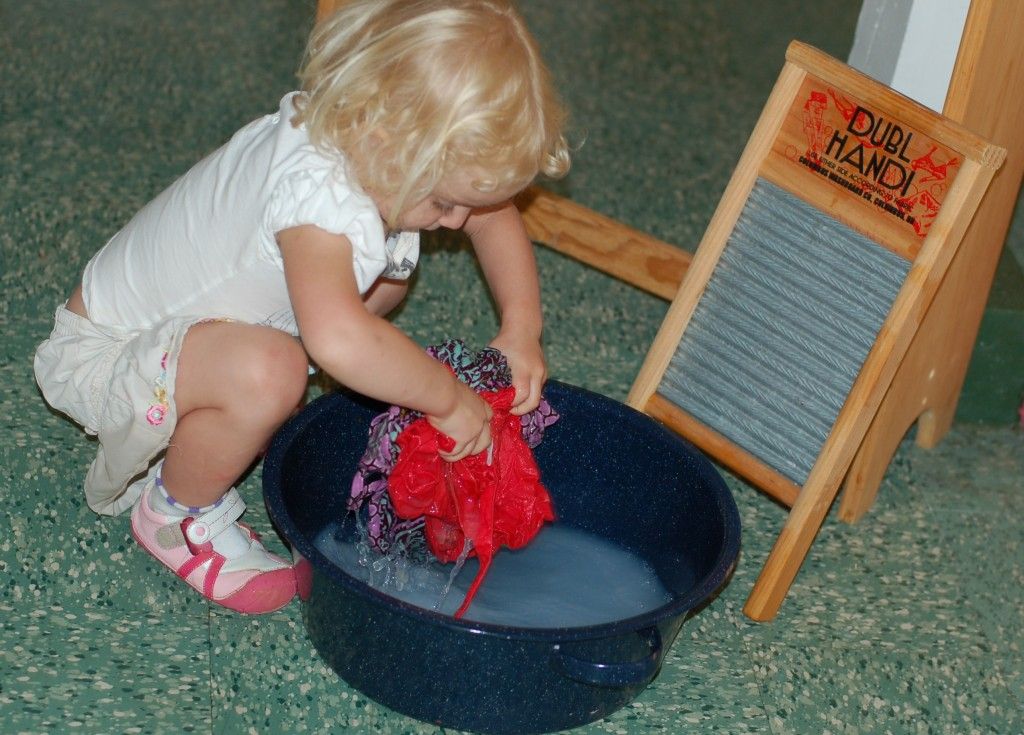
You can also break down each of the steps in getting dressed, depending on your child’s skill and age. For example, you could break down the steps for putting on shorts like this:
- Face shorts the right way.
- Hold on to the front of the waistband.
- Push one leg at a time through the leg holes while also holding the shorts.
- Pull the shorts up.
Talking your child through each step helps them know what to do. In the early stages, simple words or phrases are OK – for example, ‘Shirt on’. You can say more as your child’s language develops – for example, ‘Push your arm through the sleeve’.
When your child can almost dress themselves (usually from 3 years and up), you can check whether they understand the steps. Ask, ‘What’s the first thing you need to put on?’ If your child can’t remember, you can help them get started by reminding them.
Getting dressed: teaching the steps backwards
A good way to teach your child how to get dressed is to break down each task into small steps and teach them the last step first.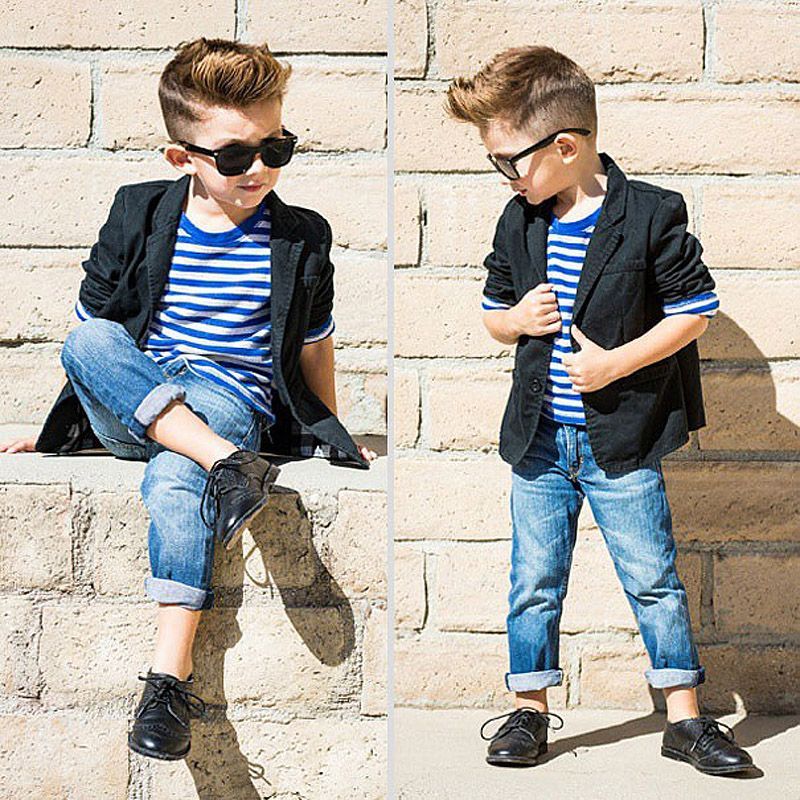 Once your child can do the last step of the task, teach them the second-last step, then the third-last step and so on.
Once your child can do the last step of the task, teach them the second-last step, then the third-last step and so on.
For example, when putting on shorts, you might help your child face the shorts the right way, hold the waistband and put their legs through the leg holes. Then teach your child the last step – pulling up the shorts to their waist by themselves.
Once your child can do this, teach them to put their legs through the leg holes and pull their shorts up. You can keep working your way backwards through the steps until your child has mastered them all and can put their shorts on by themselves.
A big advantage of this approach is that often the most rewarding thing about a task is getting it finished – and your child gets to this reward sooner when they can do the last step first.
If your child is having trouble, it can be tempting to jump in to help. But give your child a chance to work it out for themselves, and cheer your child on as they try.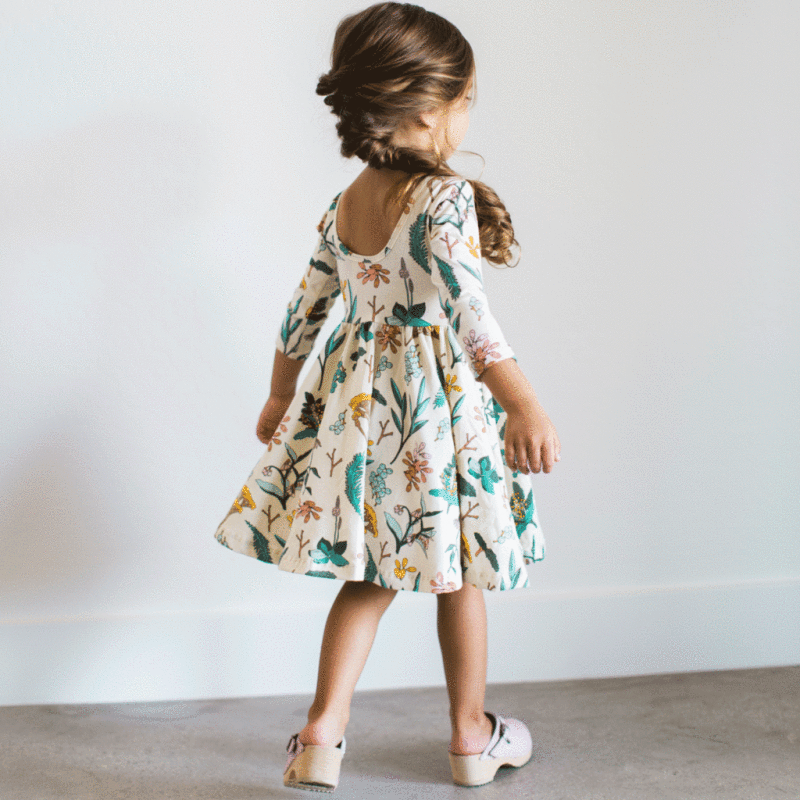 Doing it on their own is great for your child’s confidence. Step in only when your child really needs your help.
Doing it on their own is great for your child’s confidence. Step in only when your child really needs your help.
Tips for helping your child learn to get dressed
If you can be positive and supportive, your child is more likely to cooperate. So a lot of praise will go a long way, even if your child has put their pants on backwards! Here are some practical tips to help.
Making time
- Allow a realistic amount of time for getting dressed.
- If you’re often rushed in the morning, try choosing clothes with your child the night before.
- When you’re in a hurry, let your child do the easy tasks and help them with the difficult tasks.
- Practise getting dressed when you and your child aren’t in a hurry or tired.
Choosing appropriate clothes
- Let your younger child choose from a couple of options, like 2 t-shirts. Older or more mature children might be able to choose their own clothing.
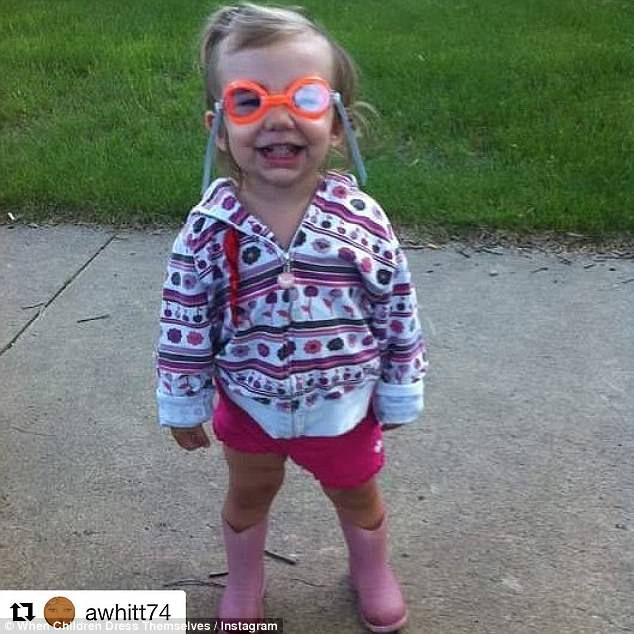
- Talk about the weather when you and your child are choosing clothes. Ask your child whether it’s hot or cold, raining or sunny.
- Teach your child the difference between dirty and clean clothes – for example, ‘Dirty clothes go in the laundry basket. You can wear them again when they’re back in the drawer’. You can use some simple guidelines like wearing clean underwear and socks each day.
Making it easier
- Have your child sit down for dressing tasks. Sitting on the floor might be easier than sitting on a chair or bed for some children.
- Store clothing in drawers and cupboards that your child can get to easily. Label clothing drawers with a picture or word to describe the clothing that’s in the drawer.
- Wear clothes that have clear front and back clues – for example, a picture on the front and a tag on the back.
Teach undressing first – it’s easier than dressing. Being able to undress by themselves can boost your child’s confidence.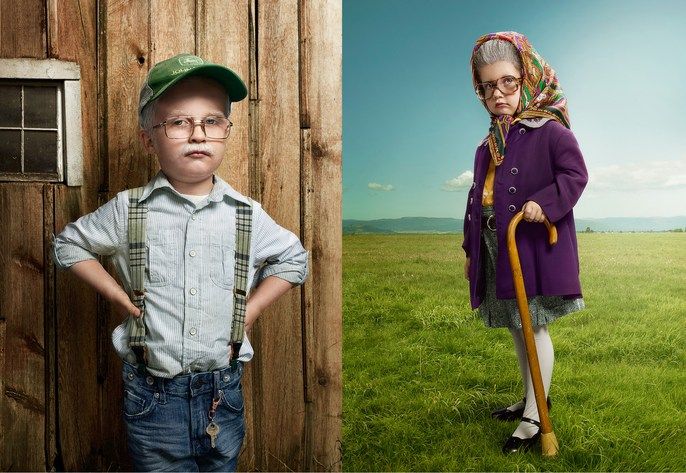
Some children know how to get dressed but need some help with learning to cooperate. If you explain to your child why they need to get dressed or undressed, it might motivate them to cooperate. For example, you could say, ‘You need to get dressed so that you can play in the sandpit with your friends at kindergarten’.
Teaching children with disability, autism or other additional needs to get dressed
Some children with disability, autism or other additional needs can have trouble getting dressed. Some autistic children have sensory sensitivities that make it hard for them to cope with the texture of different materials on their skin.
If you’re having trouble teaching your child with disability, autism or other additional needs to get dressed, an occupational therapist (OT) who works specifically with children might be able to help. OTs can give you strategies to teach your child to dress or suggest equipment that can make the process easier.
Development of skills for getting dressed
Here’s a rough guide to dressing skills at different ages.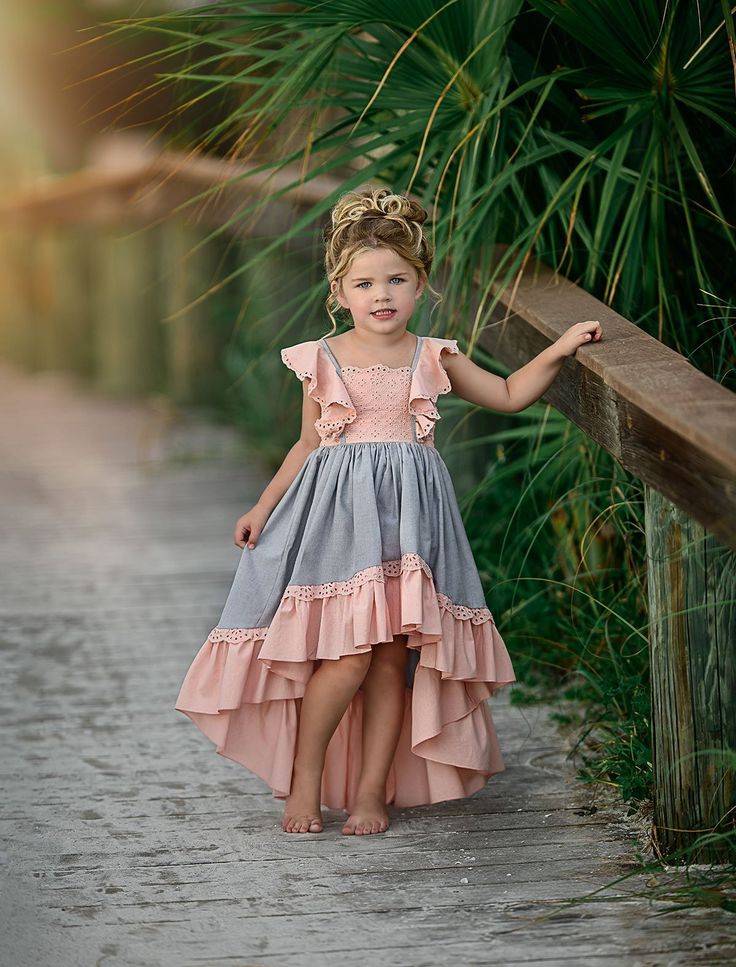 Keep in mind that children develop skills at different rates.
Keep in mind that children develop skills at different rates.
At one year children can usually:
- hold their arms out for sleeves and put their feet up for shoes
- push their arms through sleeves and legs through pants
- pull socks and shoes off.
At 2 years children can usually:
- take off unfastened coats
- take off shoes when the laces are untied
- help push down pants
- find armholes in t-shirts.
At 2½ years children can usually:
- push down pants with elastic waists
- try to put on socks
- put on front-buttoned shirts, without doing up buttons
- unbutton large buttons.
At 3 years children can usually:
- put on t-shirts with little help
- put on shoes without fastening – they might put them on the wrong feet
- put on socks – they might have trouble getting their heels in the right place
- pull up and push down pants by themselves
- zip and unzip without joining or separating zippers
- take off t-shirts without help
- button large front buttons.
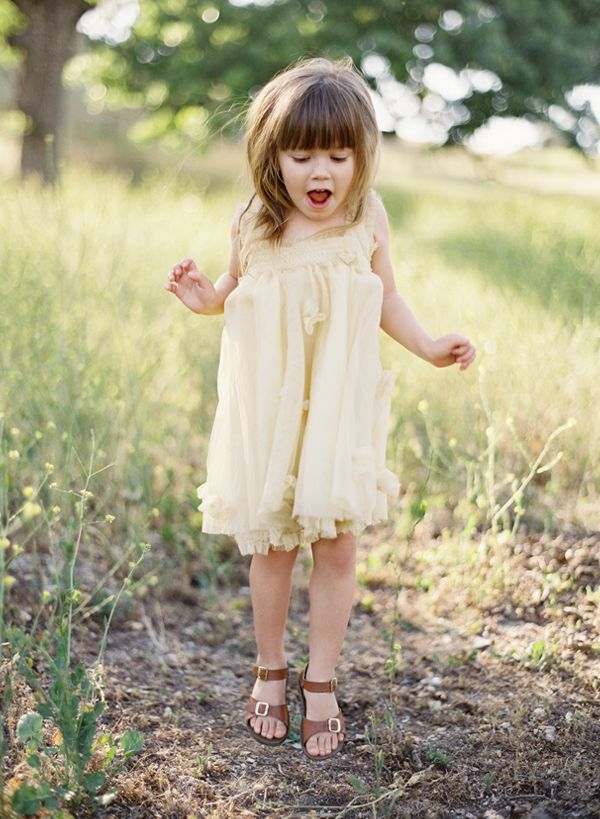
At 4 years children can usually:
- take off t-shirts by themselves
- buckle shoes or belts
- connect jacket zippers and zip them up
- put on socks the right way
- put on shoes with little help
- know the front and back of clothing.
At 4½ years children can usually:
- step into pants and pull them up
- thread belts through buckles.
At 5 years children can usually:
- dress without your help or supervision
- put on t-shirts or jumpers the right way each time.
Tying up shoelaces is a skill that most 5-year-olds are still learning. Our handy illustrated guide to tying shoelaces outlines some easy steps for teaching your child this skill.
Toddler development: Getting dressed | Pregnancy Birth and Baby
Toddler development: Getting dressed | Pregnancy Birth and Baby beginning of content4-minute read
Listen
Learning how to dress and undress are lifelong skills that start in childhood.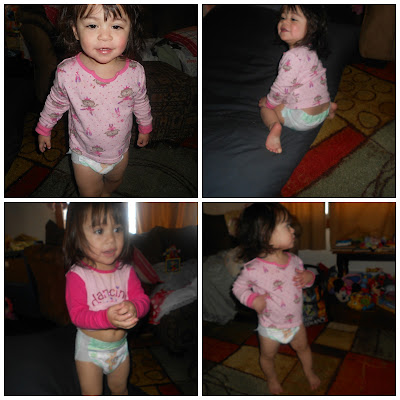 Toddlers are naturally inquisitive, independent and eager to learn, including how to make decisions and push boundaries when it comes to choosing outfits.
Toddlers are naturally inquisitive, independent and eager to learn, including how to make decisions and push boundaries when it comes to choosing outfits.
Why is it important for my toddler to learn how to dress themselves?
Learning how to put on clothes and shoes helps toddlers to become confident and feel a sense of achievement. Their self-esteem also gets a boost when they are able to dress themselves.
When will my toddler show interest in dressing themselves?
There’s no golden age when children become interested in learning how to dress. Some toddlers are keen to dress themselves and change multiple times a day. Others seem not to care at all.
Most toddlers start with taking clothes and shoes off first, before they learn how to put them back on. Easy-to-remove hats, shoes, socks and trousers are often the first to go. As they get older, children build skills in more complex aspects of dressing, including what clothes to wear for the weather.
Dressing for toddlers is a process, wherein it’s not just the end result that is important, but also the journey.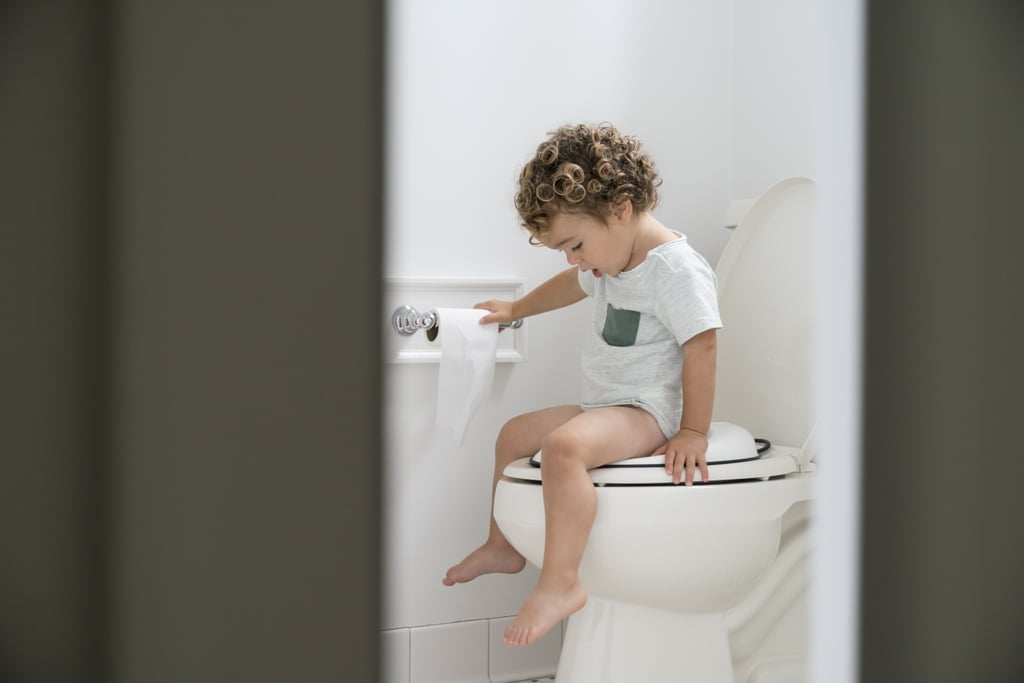 Getting dressed relies on a range of physical skills including fine and gross motor skills, hand-eye coordination, decision making and even organisation.
Getting dressed relies on a range of physical skills including fine and gross motor skills, hand-eye coordination, decision making and even organisation.
Dressing also helps build language skills, since toddlers learn how to recognise and name different items of clothing, their colours and where they go on the body. When your child first starts learning how to dress, expect them to put tops over their legs and arms through their pant legs.
When will my child be able to dress themselves?
Children can dress and undress themselves by around the age of 3. This depends on how much practice they’ve had and how much interest they’ve shown. Often, younger children in a family learn how to dress themselves earlier than older siblings did.
Signs your child is ready to start dressing themselves
At around 12 months old, your child may:
- help when they’re getting dressed
- put their arms up for tops and jumpers and push their arms through sleeves
- pull their shoes and socks off, as well as their hat
- put their feet out for socks and shoes
At around 2 years old, look for your child to:
- take off an unfastened jumper or coat.

- pull off shoes with Velcro or elastic fasteners.
- pull down elasticized pants.
- find the neck and armholes in tops.
By 3 years old, look for your child to:
- putting on socks and shoes
- zipping and unzipping jackets, doing up press studs and practicing with large buttons
- pulling down pants and underwear
- putting on tops and t-shirts with no help
How can I help my toddler get started in learning to dress?
- Start by encouraging them to sit on the floor or bed as they learn to dress as this will help with balance.
- Give your toddler 2 or 3 choices of what to wear. Limited choices will help to prevent tantrums, which are more common when toddlers feel overwhelmed.
- Break down dressing into separate tasks which are done in order. Talk your toddler through what they need to do. For example, “Push your head through this hole, reach your arms up,” and so on.
- Lay clothing out so it’s in the order it needs to go on.
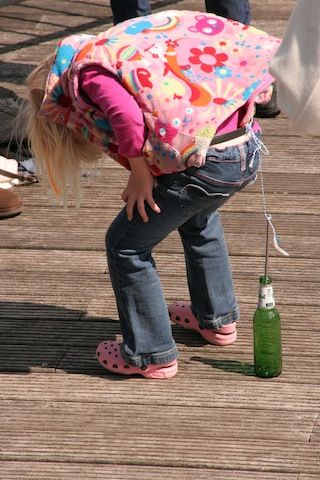 For example, dress or pants and T-shirt, then jacket, then socks and shoes.
For example, dress or pants and T-shirt, then jacket, then socks and shoes. - Give your toddler clothing that is easy to get in and out of. For example, elasticized pants, simple T-shirts and tops with an image on the front (to learn front from back).
- Make sure your toddler has comfortable clothing that allows them to move freely.
- Let your toddler do what they can, then help them with the harder tasks.
- Remember to praise your toddler’s attempts at dressing. Name what you see, such as, “Good job putting your arms through the sleeves”.
It's important not to rush your toddler — they will need time and practice to learn. If they make a mistake, first let them recognise where they’ve gone wrong and help them fix it.
When to get help
If you are worried about any aspect of your toddler’s growth or development, you should speak to your doctor or child health nurse.
You can also call Pregnancy, Birth and Baby on 1800 882 436 to speak to a maternal child health nurse.
Sources:
Raising Children Network (Teaching your child how to get dressed), Australian Childrens Education and Care Quality Authority (Developmental milestones), Better Health Channel (Child development (6) - two to three years), Tresillian (Toddler: Understanding your toddler)Learn more here about the development and quality assurance of healthdirect content.
Last reviewed: August 2021
Back To Top
Related pages
- Children's milestones
- Your baby’s growth and development – first 12 months
- Toddler development - motor skills
- Babies in hot weather
- Babies in cold weather
- Dressing a newborn
Need more information?
How to get dressed: teaching your child | Raising Children Network
Getting dressed is an important skill for children to learn – but it can be hard for them.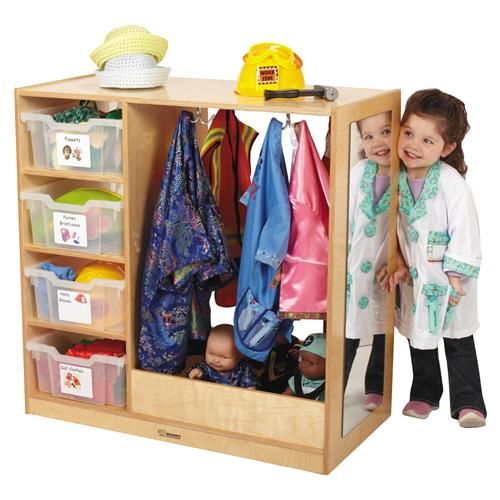 Here are easy steps for teaching your child how to get dressed.
Here are easy steps for teaching your child how to get dressed.
Read more on raisingchildren.net.au website
Kids in the morning | Set routines that work - Triple P Positive Parenting Australia
Child who won’t get up in the morning, eat breakfast or get dressed for school? Triple P’s positive parenting tips help you get out the door on time.
Read more on Triple P - Positive Parenting Program website
Dressing a newborn
When dressing your newborn, here are a few things to consider, like which clothes to use, how to dress them and making sure the change table is safe.
Read more on Pregnancy, Birth & Baby website
Newborn clothes & dressing a newborn | Raising Children Network
How many clothes does a newborn need? And what newborn clothes are best? Get answers to these questions and more in our guide to dressing a newborn.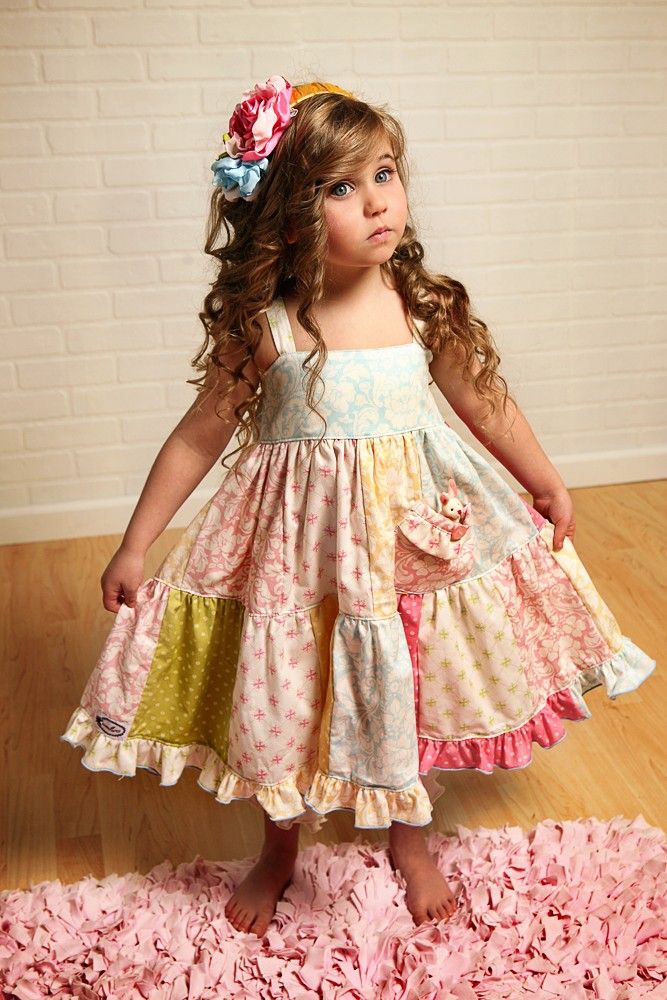
Read more on raisingchildren.net.au website
Dressing baby in the right clothes for bed | Raising Children Network
Babies sleep well when they’re not too hot or cold. Dress babies in enough clothes to keep them warm without blankets, or try a safe infant sleeping bag.
Read more on raisingchildren.net.au website
Preschoolers & emotions: play ideas | Raising Children Network
Preschoolers are getting better at expressing emotions. Play ideas to develop preschooler emotions include sand play, dress-ups, music, drawing and reading.
Read more on raisingchildren.net.au website
Getting your baby to sleep
Some babies sleep much more than others.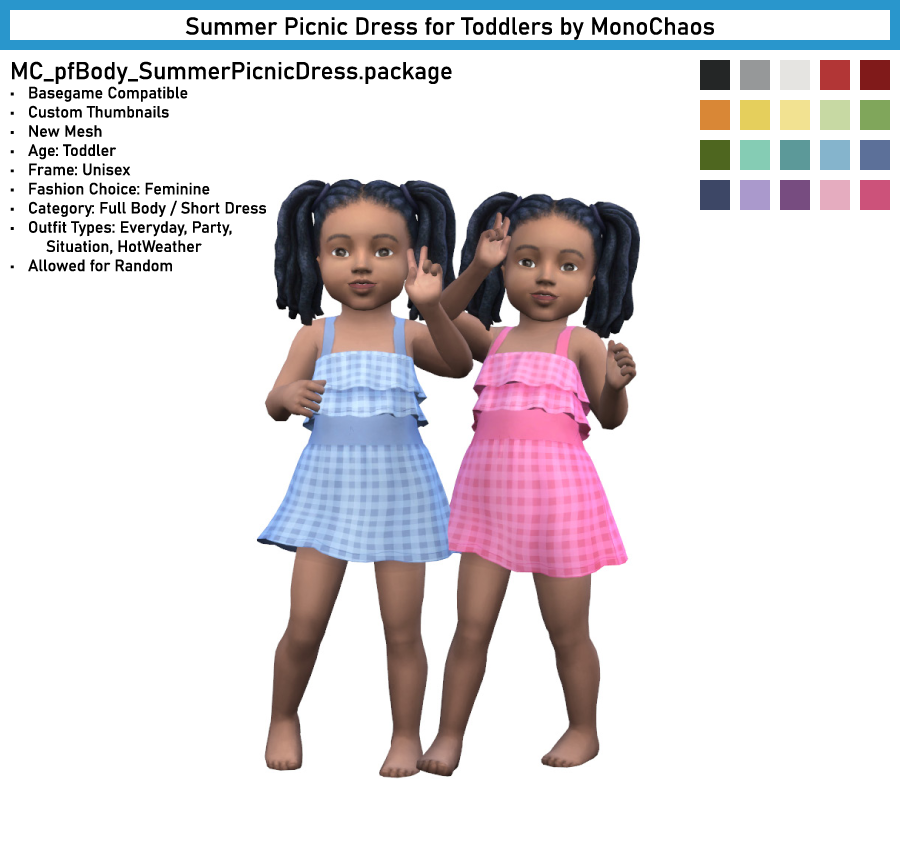 Your baby will have their own pattern of waking and sleeping, and it's unlikely to be the same as other babies you know.
Your baby will have their own pattern of waking and sleeping, and it's unlikely to be the same as other babies you know.
Read more on Pregnancy, Birth & Baby website
Preschool play ideas & creative activities | Raising Children Network
Play fosters imagination in preschoolers, which is important for development. Play ideas include nature walks, busy boxes, dress-ups, puppet play and more.
Read more on raisingchildren.net.au website
Occupational therapist: family guide | Raising Children Network
Occupational therapists help children do things like eating, dressing and going to school. Children with disability and additional needs often work with OTs.
Read more on raisingchildren.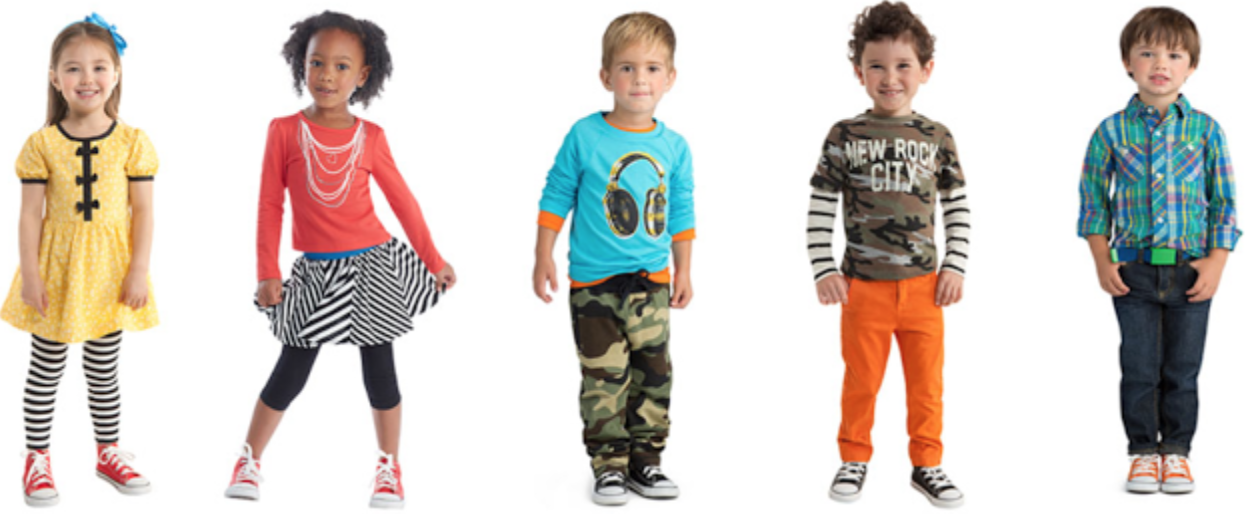 net.au website
net.au website
Getting out of the house with your new baby
Get some useful tips on what to do and take when venturing out with your new baby for the first time.
Read more on Pregnancy, Birth & Baby website
Disclaimer
Pregnancy, Birth and Baby is not responsible for the content and advertising on the external website you are now entering.
OKNeed further advice or guidance from our maternal child health nurses?
1800 882 436
Video call
- Contact us
- About us
- A-Z topics
- Symptom Checker
- Service Finder
- Linking to us
- Information partners
- Terms of use
- Privacy
Pregnancy, Birth and Baby is funded by the Australian Government and operated by Healthdirect Australia.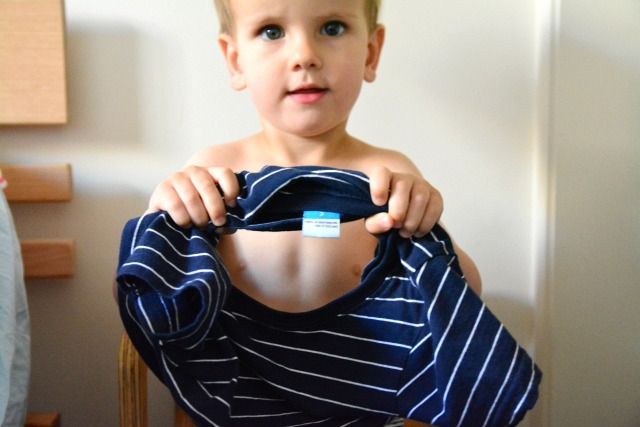
Pregnancy, Birth and Baby is provided on behalf of the Department of Health
Pregnancy, Birth and Baby’s information and advice are developed and managed within a rigorous clinical governance framework. This website is certified by the Health On The Net (HON) foundation, the standard for trustworthy health information.
This site is protected by reCAPTCHA and the Google Privacy Policy and Terms of Service apply.
This information is for your general information and use only and is not intended to be used as medical advice and should not be used to diagnose, treat, cure or prevent any medical condition, nor should it be used for therapeutic purposes.
The information is not a substitute for independent professional advice and should not be used as an alternative to professional health care. If you have a particular medical problem, please consult a healthcare professional.
Except as permitted under the Copyright Act 1968, this publication or any part of it may not be reproduced, altered, adapted, stored and/or distributed in any form or by any means without the prior written permission of Healthdirect Australia.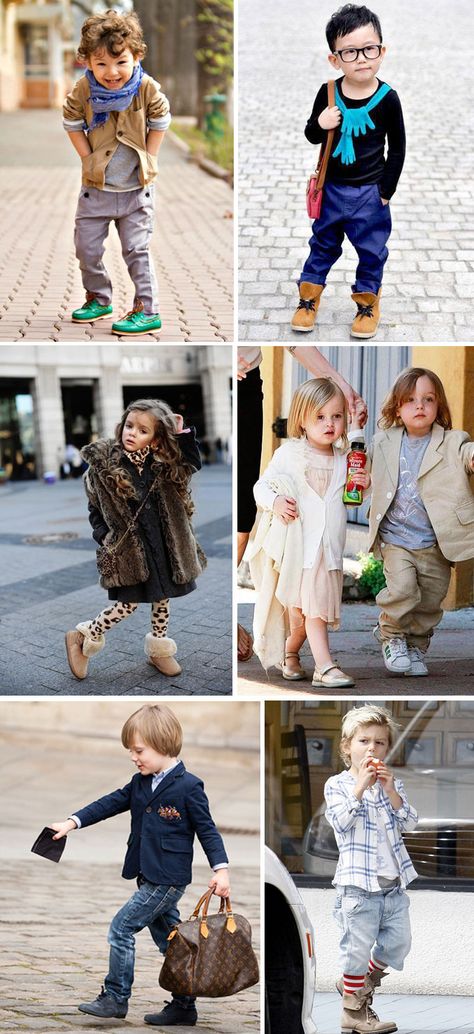
Support this browser is being discontinued for Pregnancy, Birth and Baby
Support for this browser is being discontinued for this site
- Internet Explorer 11 and lower
We currently support Microsoft Edge, Chrome, Firefox and Safari. For more information, please visit the links below:
- Chrome by Google
- Firefox by Mozilla
- Microsoft Edge
- Safari by Apple
You are welcome to continue browsing this site with this browser. Some features, tools or interaction may not work correctly.
How to teach a child to dress himself
Reviewer Kovtun Tatyana Anatolievna
4193 views
December 28, 2021
nine0005
Sometimes parents dream that the baby will wake them up in the morning and say that he has brushed his teeth, got dressed and is ready to go to kindergarten.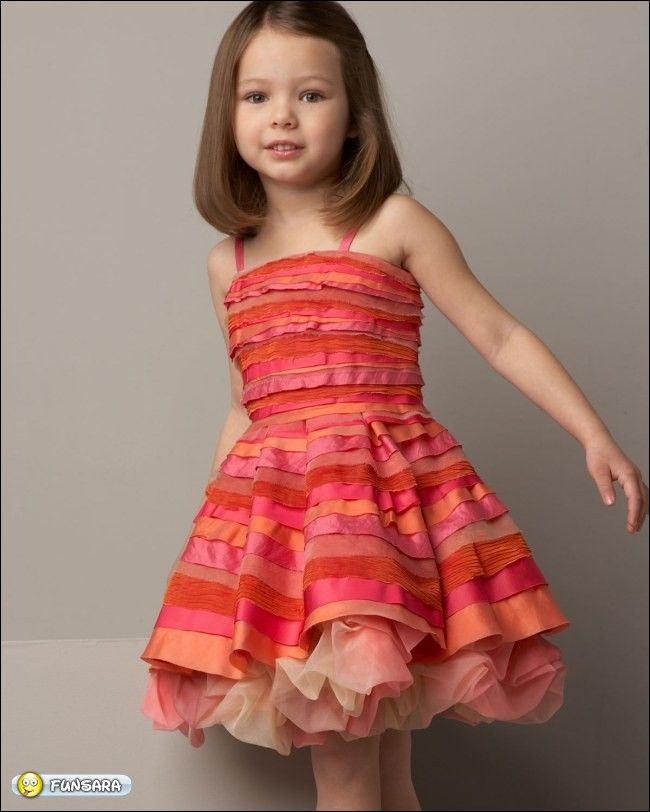 But in reality, things are a little different. Some babies have to wake up for a long time and with whims. How to overcome children's indignation and how to teach a child to dress himself?
But in reality, things are a little different. Some babies have to wake up for a long time and with whims. How to overcome children's indignation and how to teach a child to dress himself?
By the age of three, babies are able to wash themselves, brush their teeth under the supervision of their parents, and take off their clothes. Many of them can even dress themselves, only with buttons, laces and other complex closures, adult help is needed. You can make a plan in advance to develop self-care skills that make getting ready in the morning easier. nine0005
Lessons from Maria Montessori: why children dress themselves
Followers of Montessori practice recommend choosing simple and comfortable clothes for babies, which should hang at a level that is easy for the child to reach. So he can choose what to wear. If this is not possible, it is best to get ready in advance - pick up a jacket, trousers or skirt, leave them in a conspicuous place so that the baby knows that these are things for the next day.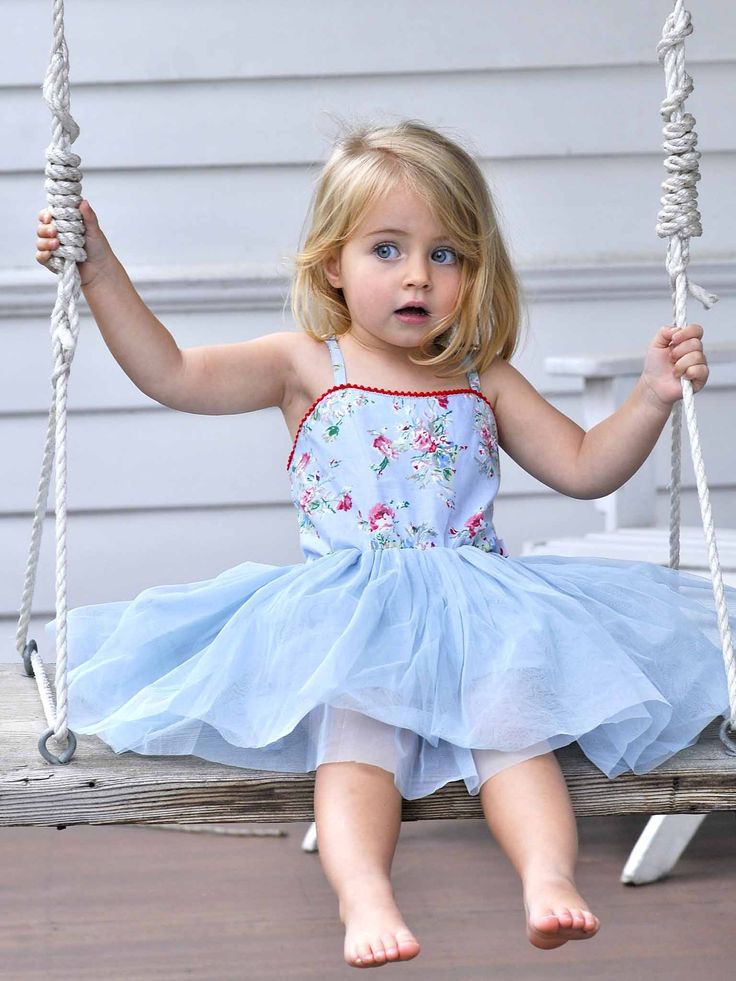 You can invite the child to make his own set, offering a choice of 2-3 things. nine0005
You can invite the child to make his own set, offering a choice of 2-3 things. nine0005
For sweatshirts and jackets, the Montessori system has one trick that can make the task easier and captivate the baby. You need to put the unbuttoned jacket on the floor with the hood towards the baby, inside out. The kid needs to put his hands in the sleeves and throw the jacket over his head. Such an impressive way can be mastered by a baby from one and a half years old.
Shoes should be chosen with Velcro, so that it is convenient for the baby to put on shoes himself. To do this, you need to put a chair and put the baby on it, inviting him to put on his shoes on his own. Don't rush him. By the way, in Montessori groups, children who put shoes on the wrong foot are not corrected. As a rule, children themselves notice that they are uncomfortable and change their shoes. nine0005
The secret of the Montessori system is to encourage independence, benevolence and patience. If parents do not share this pedagogical approach, only what is needed can be taken from it.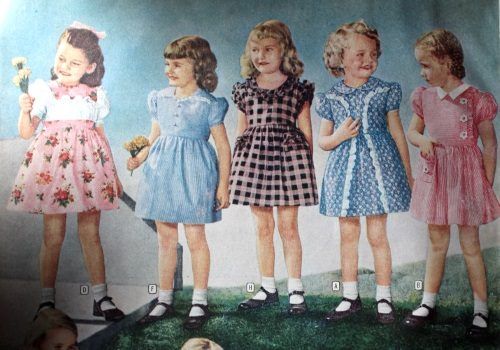 In particular, ways to teach a child to pack quickly.
In particular, ways to teach a child to pack quickly.
How to teach your baby to dress at 3-5 years old
During this period, children are already, as a rule, able to dress themselves. If the capricious refuses to get dressed, important parenting life hacks will come to the rescue, including patience, encouragement and encouragement. nine0005
When a child gets ready for a long time, parental ingenuity and the following recommendations can come to the rescue.
Advice No. 1: gathering the day before
You can turn a routine choice of outfit into an evening ritual: offer several options for clothing for your baby. Let him decide what he will wear tomorrow. Then you need to fold the clothes on the chair in the order of putting them on. The most important thing left is to decide which toy to take with you. Let her wait in the wings along with her clothes, on a chair. In such cases, the child is more willing to dress himself, because he is ready for this in the evening.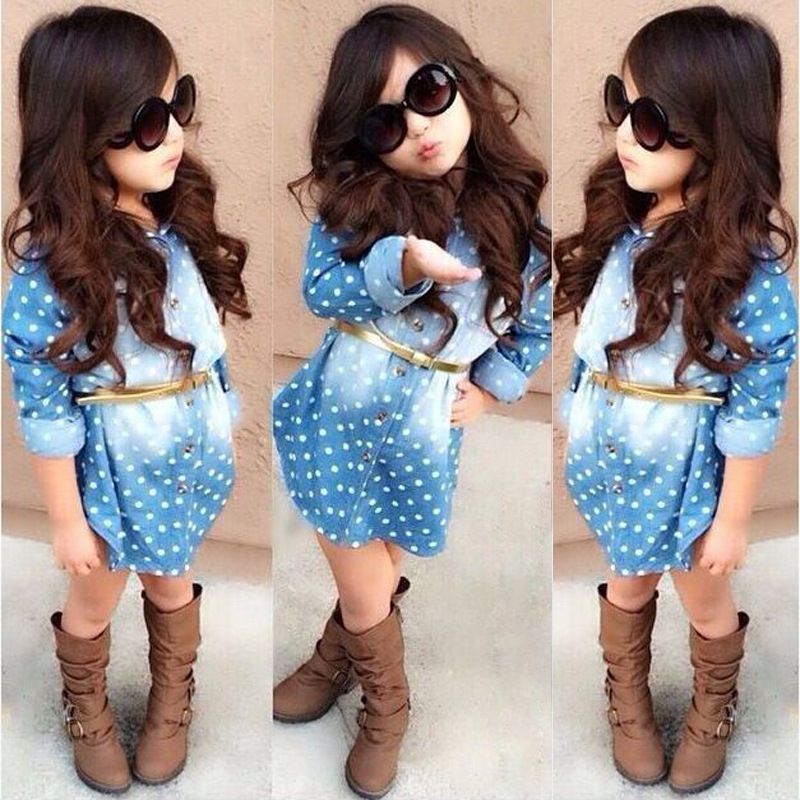 nine0005
nine0005
Tip #2: Invite the Sun into the Room
Natural awakening is possible when the sun's rays peek through the windows. If in summer it is enough just to open the curtains, then in winter the daylight hours begin no earlier than nine in the morning. What to do? Do not rush to turn on the overhead light abruptly. You can gradually increase the lighting from a night light and a table lamp, or try putting a light alarm clock in a child. This gadget will gradually illuminate the room at the right time - just what you need for a soft and comfortable awakening of the crumbs. nine0005
Tip #3: Wake up with stretches
Waking up a baby 10 minutes before going out is not a good idea. Children need more time to "build up", and the desire to let the child sleep longer can play against parents. You can say a few affectionate words to the child and play tugs: gently pull the arms, legs, run your palms along the sides of the crumbs from top to bottom. While pulling, you can sing your child's favorite song or tell a nursery rhyme.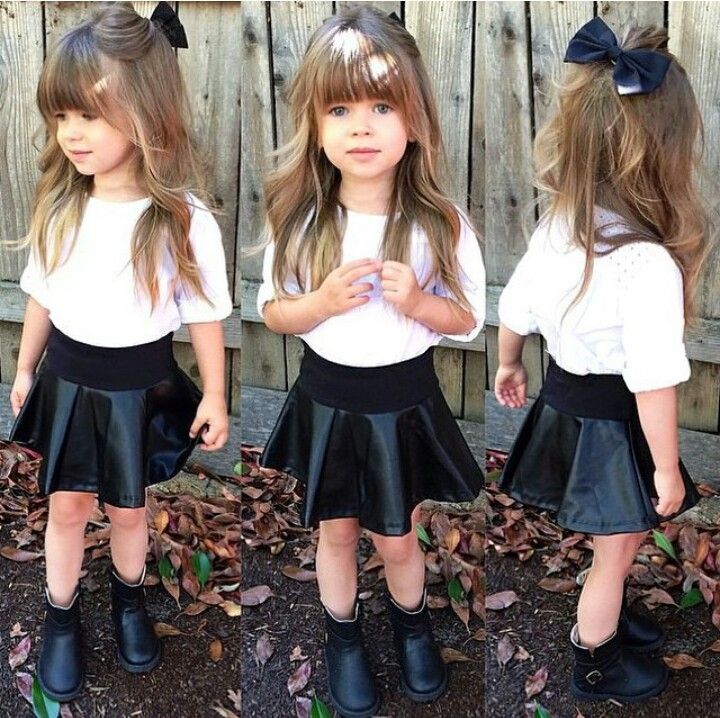
nine0005
Tip #4: Don't use forbidden phrases
- Kopush!
We'll be late because of you!
"Come on, don't talk!"
Sometimes not the best emotions take over, and as a result - a raised voice, tears and difficult preparations. You need to show love and patience, negotiate with the baby and calmly explain to him why it is important to come on time today. If there is very little time, calmly help the child get dressed, without insisting on independence. nine0005
Tip #5: Turn a boring road into an adventure
Parents can use simple games that will brighten up the route: it will definitely cheer you up and energize you for the whole day.
What can you play:
- who sees the white car/crow/dog first;
- patties while traveling in public transport;
- riddles;
- looking at the clouds is another game for the car. If the baby is still learning to talk, you can tell him what kind of animal the floating cloud looks like.
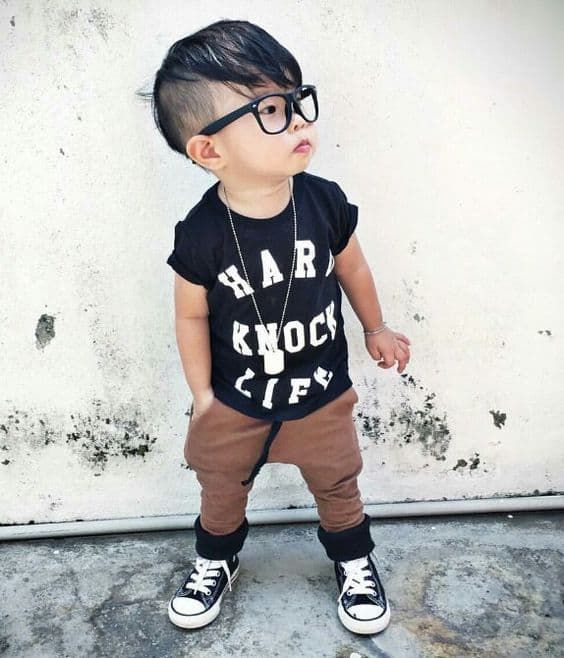 nine0072
nine0072
The child does not want to get ready: how not to act
If a child refuses to dress, parents will need patience and empathy to make the process painless for the entire family. First of all, do not punish or scold the baby for being slow. This will make the process of dressing even more unpleasant and increase resistance. Every morning, you need to leave a margin of time, because most children dress very slowly. It is important to be ready to repeat and show every day how to pack and dress. It is pointless to put pressure on a child, since everyone has their own temperament and the speed of maturation of skills. It's okay if at the same age one baby already knows how to put on shoes, and the other does not yet. nine0005
Some children find dressing boring or too difficult. This is fine. The most important thing is not to forget to praise and encourage the baby for the morning preparations, even if they are slightly delayed. Try to add an element of the game to the routine process - socks can hide and call the child, etc.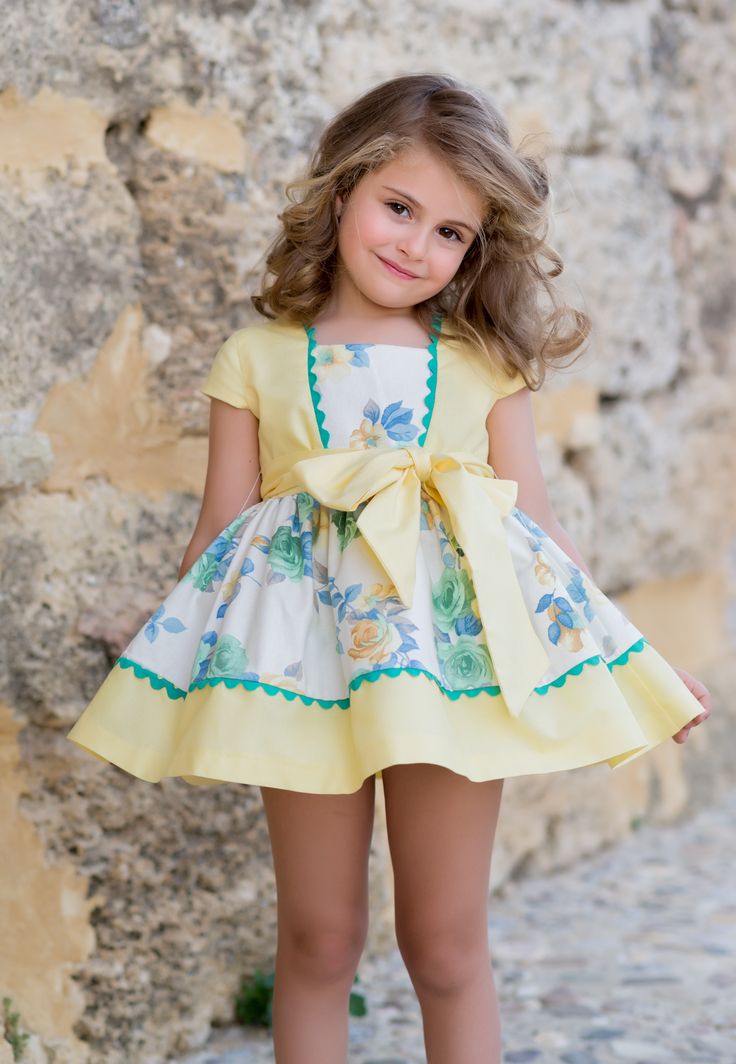 You should not insist if the baby is not in the spirit, it is undesirable to leave him alone with harmful tights if they do not lend themselves in any way. It is better to help in a friendly way, saying that such a golden child will soon be able to put on everything on his own. Let every morning be kind, and the child learns to dress easily and simply. nine0005
You should not insist if the baby is not in the spirit, it is undesirable to leave him alone with harmful tights if they do not lend themselves in any way. It is better to help in a friendly way, saying that such a golden child will soon be able to put on everything on his own. Let every morning be kind, and the child learns to dress easily and simply. nine0005
Links to sources:
[1] How to wake up a sleepy child. parents.ru
[2] Morning routine: getting ready for school. brighthorizons.com
[3] How to wake up a child in kindergarten. ipsyholog
Reviewer Kovtun Tatyana Anatolievna nine0005
Scientific adviser of PROGRESS JSC, Ph.D. make sure that he is always well.
However, many parents, cherishing and protecting their baby, completely forget to teach him to be independent, as a result creating problems for themselves and their child.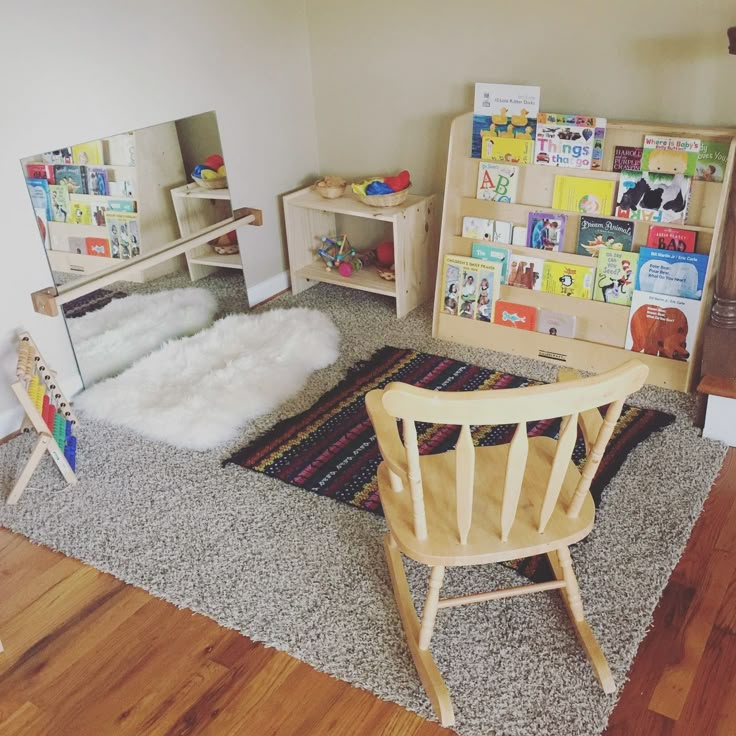 Often in the morning you can see the following picture. Mother and father are in a hurry, screaming, running, fussing, nervous. And the reason is simply ridiculous - you need to have time to dress the little one in. Moreover, he himself is completely against this and resists in every possible way. Agree, the picture is "hellish", but, alas, for some it is well known. nine0005
Often in the morning you can see the following picture. Mother and father are in a hurry, screaming, running, fussing, nervous. And the reason is simply ridiculous - you need to have time to dress the little one in. Moreover, he himself is completely against this and resists in every possible way. Agree, the picture is "hellish", but, alas, for some it is well known. nine0005
We are sure that many parents have had to solve a similar problem - how to teach a child to dress and put on shoes on his own. And the sooner you take on this challenge, the better. After all, if you delay the process, the child will not learn to put himself in order even when he is already a schoolboy. As a result, he will always look sloppy and ugly, standing out against the background of more accurate classmates.
If the child is not taught to take care of himself, this is fraught with the following problems:
- An untidy appearance will always spoil a child's relationships with peers and teachers;
- If children are not taught self-care skills, it will be very difficult to accustom them to work in the future;
- Constant conflicts associated with the negligence of their child will spoil the relationship between him and his parents;
- Lack of the ability to take care of oneself will lead to the formation of a consumer warehouse of character in a child who will think that everyone owes him something, and to ordinary laziness.
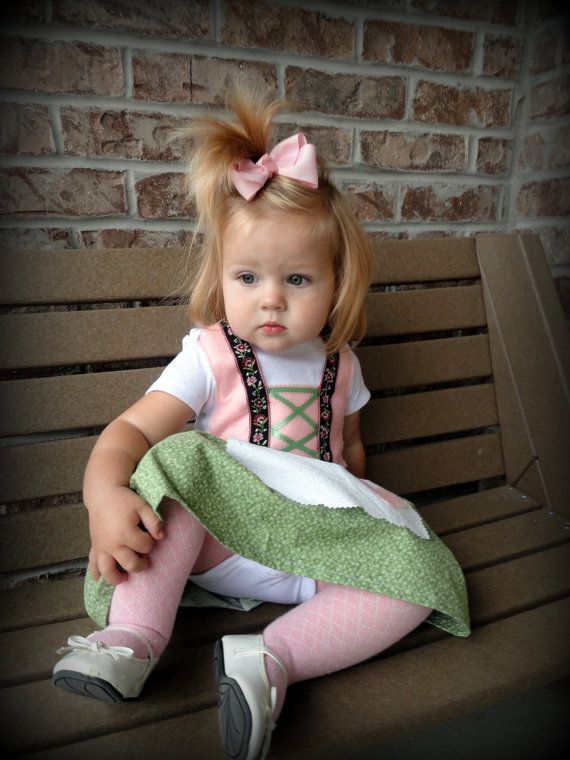 nine0072
nine0072
Is it so difficult to teach children to dress themselves, as it seems at first glance? The fact is that the skills of "communication" with their own clothes and kids should learn gradually.
Video how to teach a child to dress himself
At what age can children be taught to dress themselves?
To answer this question, it is enough to use the standards and requirements of education - GEF. There are clearly spelled out all the skills that a child should be taught. nine0005
So, according to the educational program for preschool age, the child should be able to:
- - with the help of parents, take off and put on a hat, skirt, trousers and shorts without complex fasteners, with an elastic band, as well as shoes that one of the elders unbuttoned;
- B - under the supervision of adults, put on and take off clothes, unbuttoning and fastening zippers, buttons and Velcro in a certain order, be able to put things on a high chair and keep a neat appearance during the day; nine0072
- B - independently dress and undress, following the sequence, fold and hang clothes, be able to eliminate untidiness in clothes, elders can only help unfasten the laces;
- B - take off and put on clothes and shoes on their own, including lacing, learn the first skills of caring for clothes, keep order in the closet and on the shelves, adults at this stage can limit themselves to verbal help only;
- B - without the help of adults, fully dress and undress, and do it quickly enough, be able to monitor appearance, keep clothes and shoes in order.
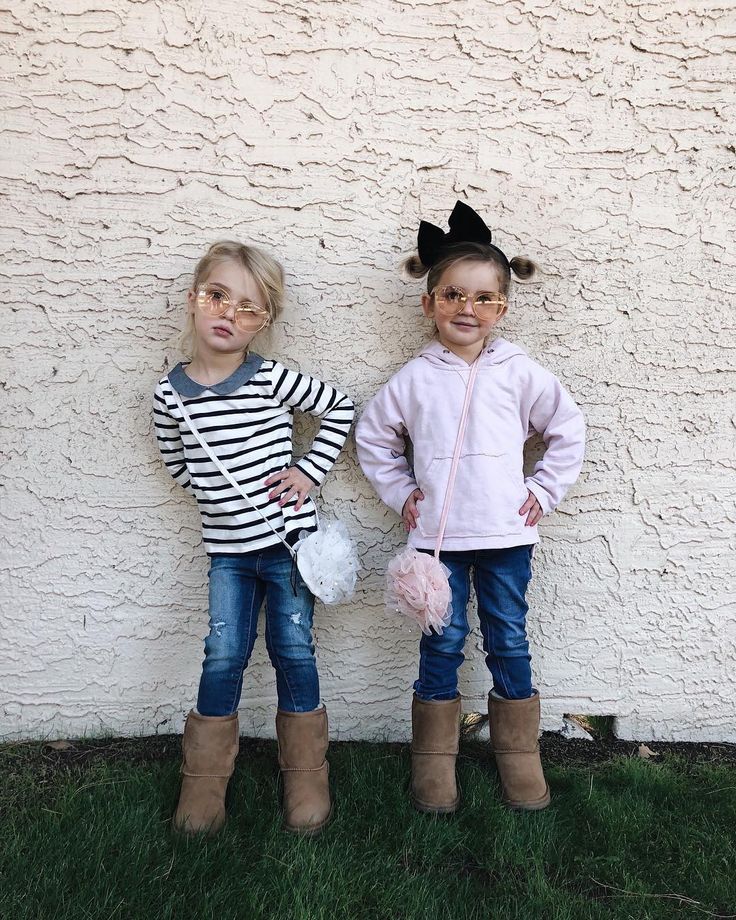 nine0072
nine0072
With the help of this information, many parents can determine how independent their child is, as well as see their shortcomings in education.
Why is it sometimes impossible to teach a child to dress himself?
Dear parents, let me tell you that the fact that your children are old enough to take care of themselves is entirely your fault!
And no excuses are needed, like:
- I don't have time, I don't have time; nine0072
- Rush in the morning to kindergarten, so it's better if mom or dad does everything;
- I will put it on quickly and neatly;
- , you can't teach him that easily;
- Satisfied and capricious, does not want to dress himself.
Despite such a wealth of excuses, the reason for them is, in fact, simple - elementary laxity and laziness. And you, first of all, are undemanding to yourself.
For example, parents whose children do not have time to get dressed for kindergarten most likely like to sleep themselves and get up late, and therefore do not have time.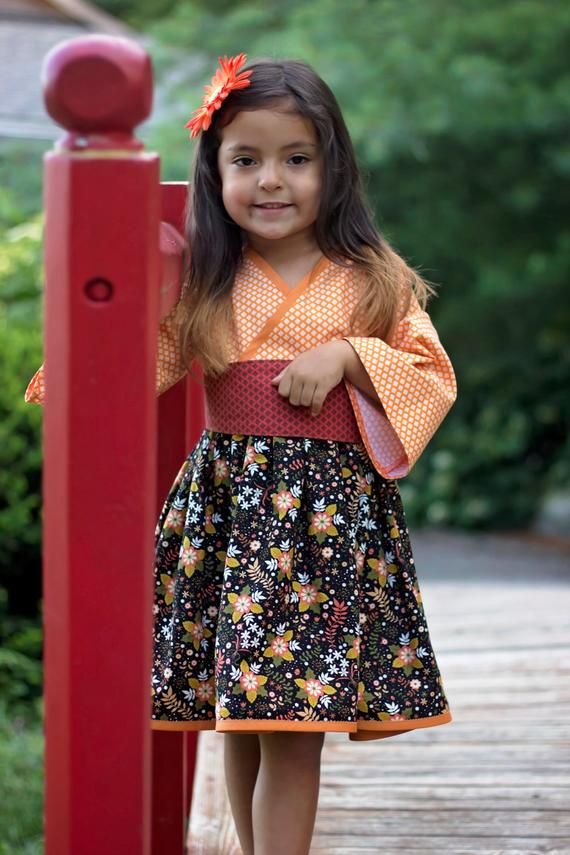 They are also too lazy to devote a lot of their time to teaching children to dress and put on their own shoes, because this is quite a troublesome task. And yet, they themselves are not very accustomed to watching their own clothes. nine0005
They are also too lazy to devote a lot of their time to teaching children to dress and put on their own shoes, because this is quite a troublesome task. And yet, they themselves are not very accustomed to watching their own clothes. nine0005
Dear parents, actually teaching children how to dress and put on their own shoes is not so difficult, it is important to follow the following tips.
It is better to start training at an early age. At the same time, try not to get annoyed, do not push your child, remain calm and patient. Never raise your voice to the baby, do not scold him, but on the contrary, praise him for every small “victory”.
Try not to buy clothes and shoes for the little one with a complicated style, with a lot of fasteners and fasteners. You need to buy the most simple models, so it will be easier for him. It is better to take products with funny appliqués or embroideries, this will make it easier to master the concepts of “front” and “back”, front side and inside out. nine0005
nine0005
Better get dressed together. This is a lot of fun, plus you will quickly teach your baby by example. And most importantly, remember that everything depends on you. Good luck!
Attention! The use of any medicines and dietary supplements, as well as the use of any medical methods, is possible only with the permission of a doctor.
It's never too late to learn, even for adults. And kids have to learn something new every day. This also applies to clothing. How to teach a child to dress independently? Necessarily with a good attitude, constant praise and great patience. nine0005
Many parents, trying to keep up with the modern rhythm of life, make mistakes. Let's take a look at the most common ones.
“You are already 7 years old, but you don’t know how to dress!”
When to start? The first steps can be taken after a year. The kid confidently keeps on his feet and sometimes even manages to take off his panties.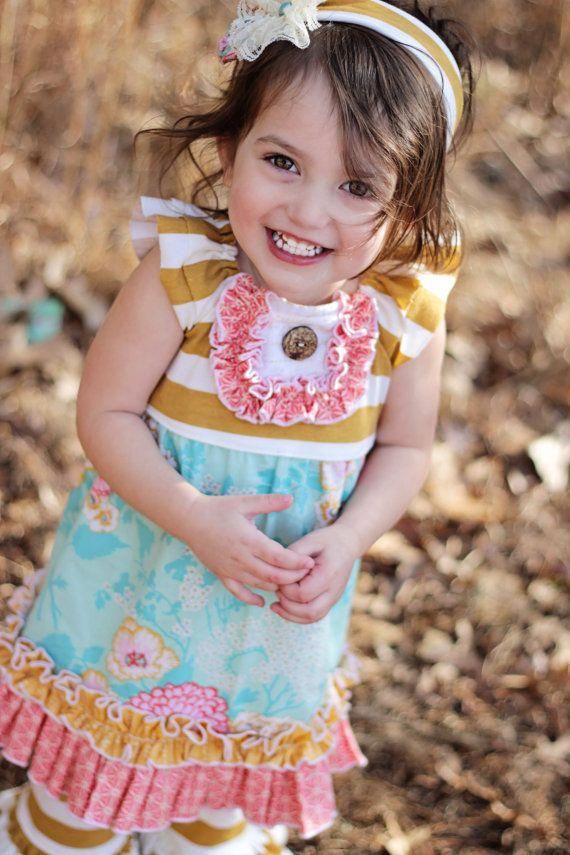 So we try. First, we show him how to do it. Be sure to pronounce every movement. Why do we need panties? So that the sweet ass does not freeze! Gradually, the child will wake up interest, somewhere by 2-3 years. nine0005
So we try. First, we show him how to do it. Be sure to pronounce every movement. Why do we need panties? So that the sweet ass does not freeze! Gradually, the child will wake up interest, somewhere by 2-3 years. nine0005
It is important not to miss this moment. At this age, the offspring literally splashes with independence, he wants to try everything and do it with his own hands. Turn his desire to good.
If your little one is over 4 years old and doesn't know how to dress himself, then this is a rock for you, not his. You didn't teach the child, it's not his fault. But all is not yet lost. And even at 7 years old, you can safely teach your baby.
Don't start with complicated clasps or long laces. Let there be buttons, Velcro, zippers first. And only after that you can move on to heavier ones. nine0005
Tip. Do not interrupt the child's desire to try to dress himself. If you are in a hurry, then just promise that next time he will do it. And be sure to keep your promise!
"Look, you're not dressing properly!"
Forget this phrase forever.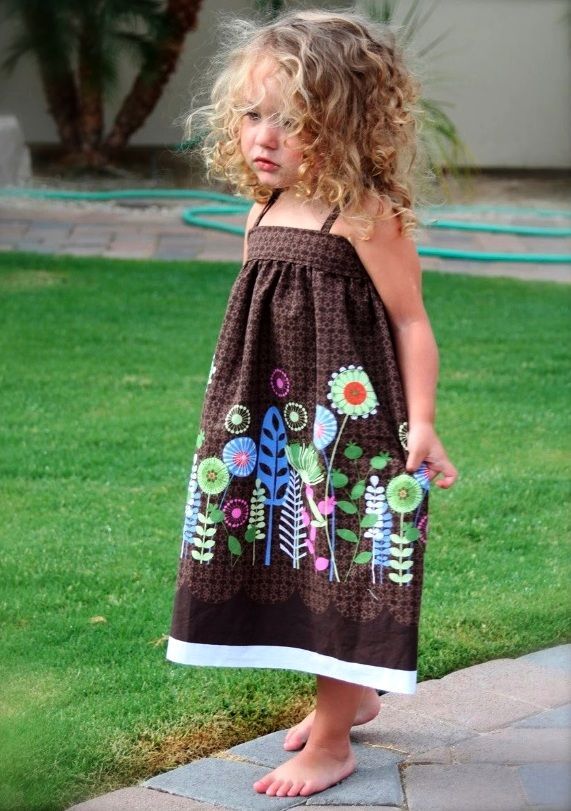 If the child shows interest, you need to properly encourage him. Naturally, at first he will be wrong. But instead of indignation, you can praise? For example, put on a hat backwards. Ay, what a good guy! Now fix it and it will be beautiful! And quickly turn over. nine0005
If the child shows interest, you need to properly encourage him. Naturally, at first he will be wrong. But instead of indignation, you can praise? For example, put on a hat backwards. Ay, what a good guy! Now fix it and it will be beautiful! And quickly turn over. nine0005
Don't laugh. Or explain your laughter not with crooked tights, but with the joy that the baby managed to pull them on.
Talk. Say your every move aloud. Example: wearing a jacket. Fingers get stuck in the sleeve. Say that one by one they get confused. And when in a fist, all together will find a way out together.
Wear comfortable, loose-fitting clothing for testing. A child will quickly get used to a T-shirt and shorts than winter overalls.
Let the child first learn to dress while sitting. It's much easier. And only then standing. By the way, a sitting child is not in danger of throwing himself on the floor, getting tangled in pants or a turtleneck. nine0005
Sometimes a child wants to dress himself. But he can't. He grunts, gets confused, gets angry, then loses interest. It is very important not to let things go by themselves. Praise him in time, without moralizing with the help of the game, tell me the right decision. And be sure to calm down by explaining that you, too, did not know how to dress at first as a child. Let him try again, everything will work out without fail.
But he can't. He grunts, gets confused, gets angry, then loses interest. It is very important not to let things go by themselves. Praise him in time, without moralizing with the help of the game, tell me the right decision. And be sure to calm down by explaining that you, too, did not know how to dress at first as a child. Let him try again, everything will work out without fail.
Tip. Buy or make your child a business board, a large mosaic, a designer. This is great for developing fine motor skills. The well-known finger game "magpie" is designed for this. nine0005
"Why do you still mix up your shoes?"
Because the parents have not yet explained to the child the elementary technique of how to distinguish between shoes. We put sandals next to each other. Did you get a butterfly? So it's wrong. Does the figurine look a little like a beautiful winged insect? So let's be bold. Everything is simple and without tears.
Tip. To begin with, the child must know what the proverbial butterfly looks like!
“Well, don’t you understand, everything is simple here!”
It's easy for you.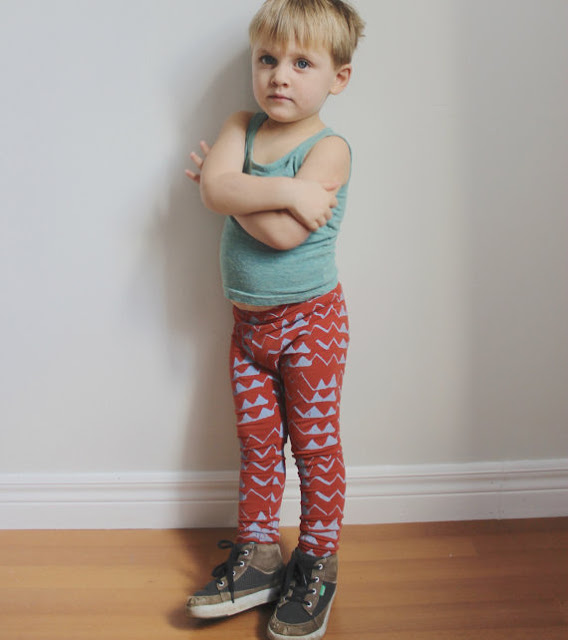 And for a small child, even a simple button causes difficulty. And to understand where the front or the wrong side is, without a hint, is unrealistic. nine0005
And for a small child, even a simple button causes difficulty. And to understand where the front or the wrong side is, without a hint, is unrealistic. nine0005
Make things easier for your baby. Start with Velcro or buttons, and only then move on to buttons and laces. You can just give the child a blouse and ask him to unbutton and fasten it. And then do it for yourself.
Choose clothing that clearly distinguishes back, front, back and face. And explain to the child why you need to dress that way. Example. The purl seams are ugly, we will hide them inside. Look what a cute picture. Let's turn her on her tummy so everyone can see her. nine0005
Sometimes you need to leave your child alone. Let him dig deeper with socks or a sweater. As a rule, the help of parents is more favorably accepted by the little man when it is really needed. He will quickly get tired of getting confused in his pants or sleeves, so there will be a reason to offer his help.
After all, it is not at all necessary to start learning how to dress just before leaving the house.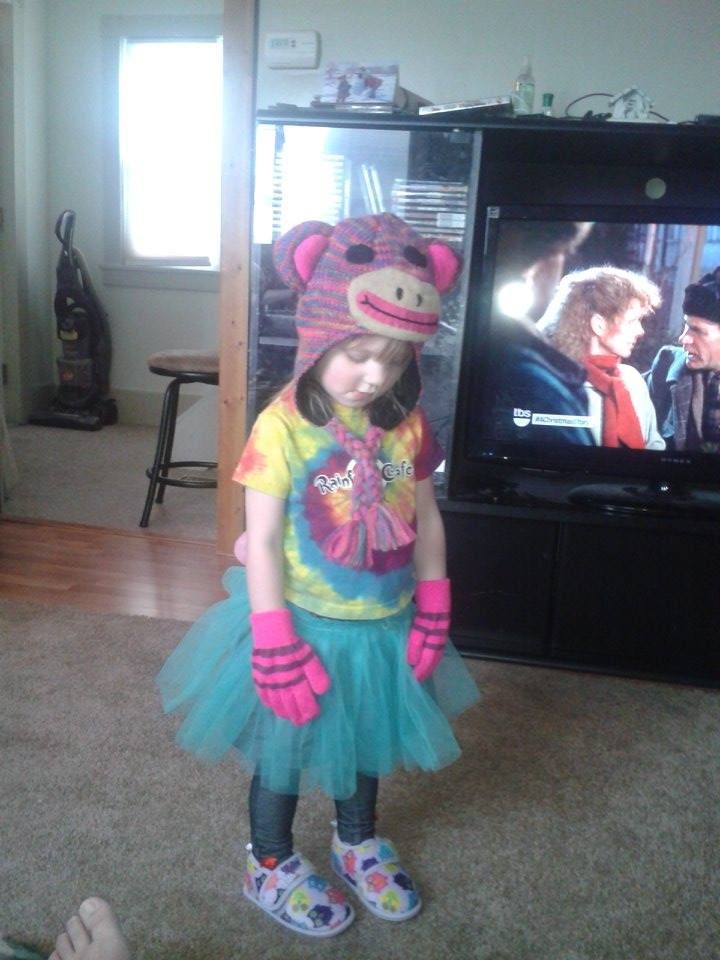 On a regular weekend or in the evening, we play with the children “who will get dressed faster?”. This is for boys. "Photo model" for girls. And now we calmly teach the child to dress himself properly. nine0005
On a regular weekend or in the evening, we play with the children “who will get dressed faster?”. This is for boys. "Photo model" for girls. And now we calmly teach the child to dress himself properly. nine0005
- Sew buttons, laces, Velcro on soft toys. Show how it works. Example. Ears can be fastened to a bunny, and a bone is tied to a lace on a dog.
- Consistency helps a lot. You can schematically depict the types of clothing on a piece of paper and show with arrows what goes for what. If such a scheme is not interesting to the offspring, then try folding the clothes in reverse order. That is, underwear on top, and trousers or a dress on the bottom. Then the baby will not have to sort out. I took it from above and put it on without confusion. nine0072
- The learning process will go much faster if the child has already learned how to undress. After all, it is incomparably easier to remove clothes, and at the same time you can get to know her better. By the way, immediately teach your child to fold clothes, and not scatter them all over the room.
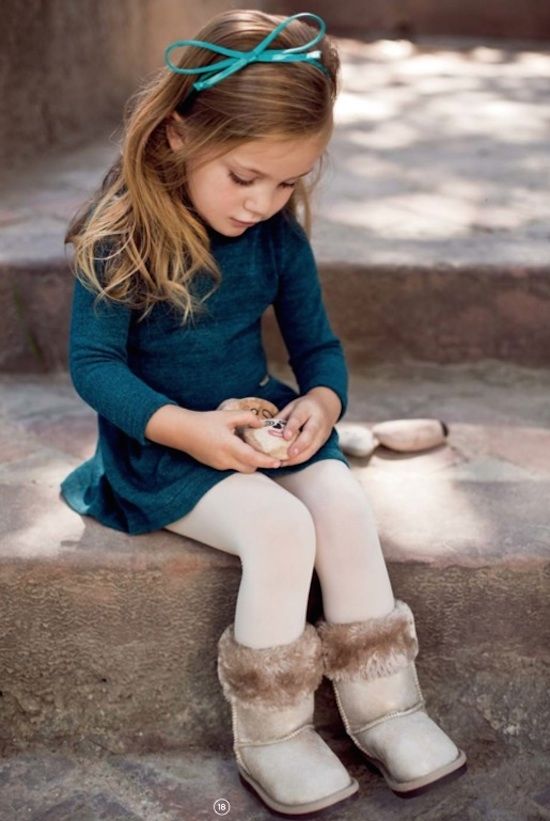 Of course, at first he will just crumple her in a chair. But not in the corners - this is an event. Over time, learn to use and hangers.
Of course, at first he will just crumple her in a chair. But not in the corners - this is an event. Over time, learn to use and hangers. - If the child is tired or grunts, postpone the lessons until later. Clothes will not go anywhere, but a good mood runs away easily. nine0072
- Show yourself how to dress properly as often as possible. Only if you have an original method of jumping into a T-shirt through your heels in your arsenal, do not rush to show this to your child. He is still confused in the classical ways, why fill his head with unnecessary knowledge. That's when he is completely comfortable and will dress automatically, like an adult, then teach him your tricks.
- If the baby does not succeed in any way, then do everything in half. You one leg, he the other. You are the neck of the sweater, he is the sleeve. Even in confusion, praise and rejoice. nine0072
- Let him help you in everything. Then, when dressing, you can resort to tricks: mom is so tired, she really needs your help.
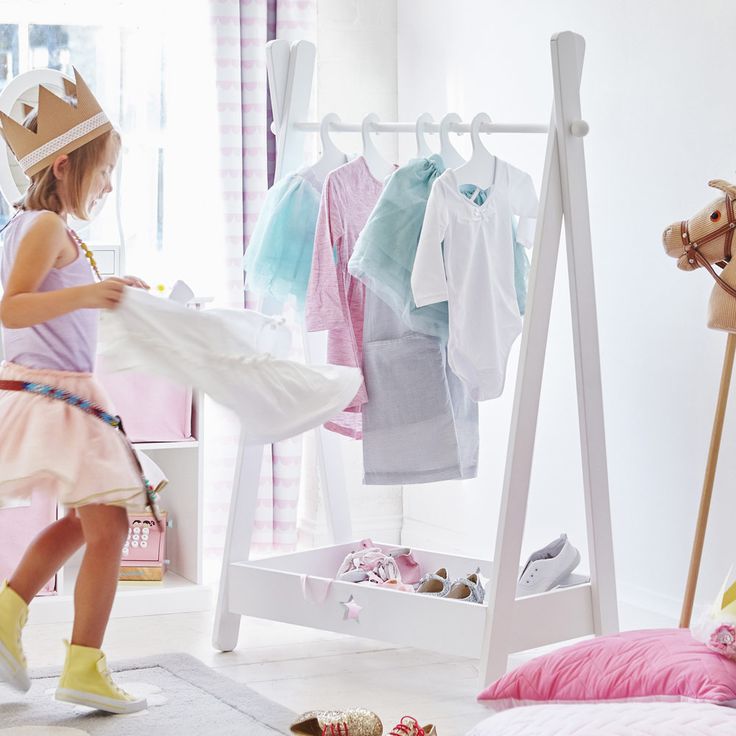 Come on, you try to dress yourself, and mommy will sit and look.
Come on, you try to dress yourself, and mommy will sit and look.
- It takes at least 40-50 minutes for the baby to dress himself. Summer doesn't count.
- A child will wake up earlier, and you yourself will be ready to lose an hour of sleep?
More advice. Allegedly, the offspring dresses many times faster if the mother is already dressed and is about to leave. It's even better when she's already out the door and waiting outside. nine0005
- The method can work when the child knows how to dress but doesn't want to.
- Be prepared to come back to the house to find a naked and crying offspring.
Motivate with sweets. For each properly worn piece of clothing - candy.
- For overalls - obesity, for pantyhose - caries, for shoes - diabetes.
- When sweets are constantly at hand, this is not a motive. The praise of parents and their sincere delight, this is the real motivation. nine0072
- Toys are also not an option.
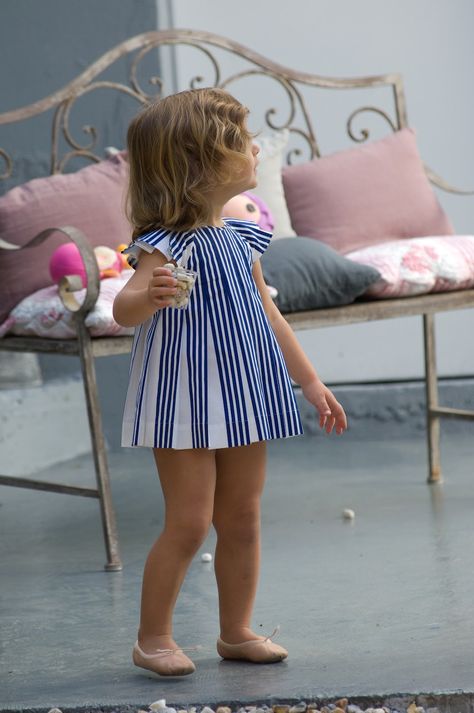 Are you ready to buy a new toy for every sock?
Are you ready to buy a new toy for every sock?
Train constantly, hard and perseveringly.
- What perseverance? A child from the spirit of contradiction will stick both legs in one pant to spite you. And then feign offended innocence. Only patience is applicable to these little actors!
- Constantly, it's not three hours without a break. This is only at the request of the child. Or interest him, then the desire will not keep you waiting. nine0072
If the child is naughty, then offer him a choice of several sets of clothes. Let him choose the one he likes best.
- The method is good if you have these few sets.
- Provide two, maximum three. Otherwise, it will take three hours to choose a child, and in the end, he will refuse everyone.
How to teach a child to dress himself? Personal example, help and again patience. He will definitely learn, just prompt and motivate correctly. nine0014
Video: how to teach a child to dress himself
When buying clothes, make sure that the child can put them on by himself.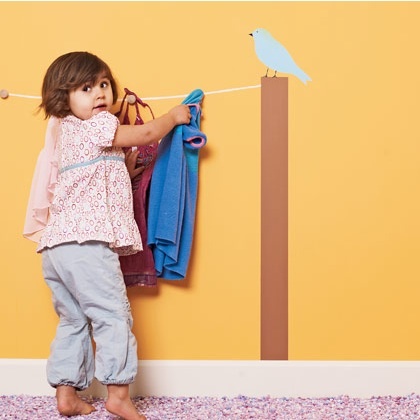 Use pants and skirts with elastic, wide t-shirts and dresses, easy-to-wear Velcro shoes.
Use pants and skirts with elastic, wide t-shirts and dresses, easy-to-wear Velcro shoes.
However, as your child gets older, you can buy zip-ups. Do this when you see that the child has mastered this type of fastening and needs additional training.
- Cabinet organization. nine0072
Provide lower shelves for children's clothes that the child can easily reach, or make a bar on which clothes can be hung at the level of the child's height.
- Child's choice of clothes.
Children should choose what they want to wear. But for young children, it can be difficult to choose from a large number of clothes. Therefore, give your child a choice of just a few options: choose yourself 2-3 pairs of trousers, T-shirts or other clothes that are suitable for the weather, and put them on the children's shelves. You can comment on the options: “Do you want to wear a skirt or pants? Red or blue t-shirt? nine0005
- We choose clothes in advance.
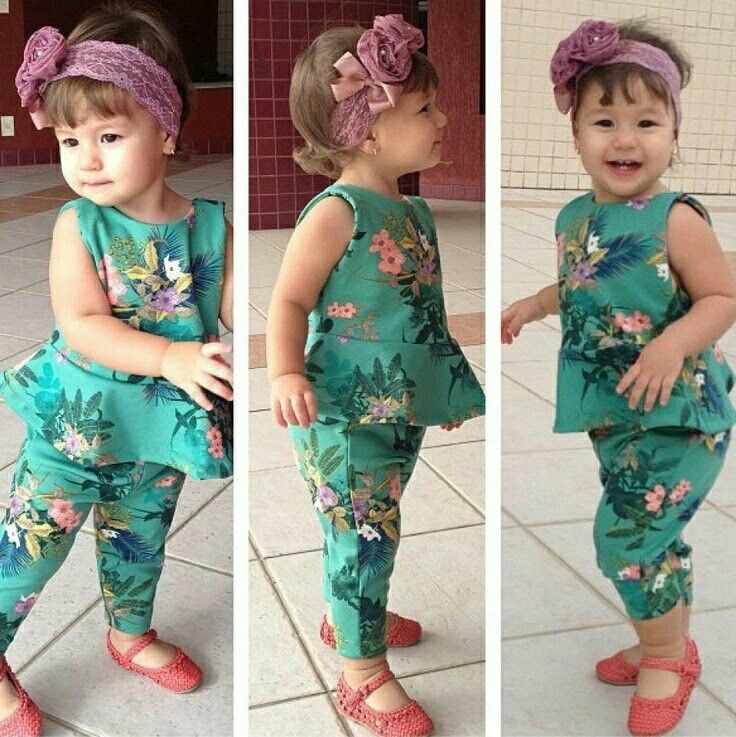
If the child needs to get ready quickly in the morning (for example, to the garden), you can prepare the clothes together with the child in the evening and put them in a box or basket. You can repeat the choice of the child in the morning: “Yesterday you put blue jeans, a white T-shirt in the basket ...”.
- Learning to dress.
Show how to put on things. Sometimes something that seems so simple and obvious to parents can cause great difficulties for a child. Therefore, show slowly how to put on a particular piece of clothing, as if splitting up your actions. When the child tries to dress himself, do not rush or correct him. nine0005
If your little one asks for help or is visibly nervous and unable to cope, be sure to help him.
- Choice of outerwear and accessories according to the weather.
To make it easier for the child to dress himself, it is better to put street clothes in a visible place. Choose only the clothes that suit the season. Make a hook for your baby's coat so he can hang it up himself. Put the boots in a certain place so that the baby can always find them himself and put them back in the same way. Hats and scarves (suitable for the season) are also best placed in an accessible place, such as a small basket. Children are very fond of using an umbrella in the rain, as adults do. Do not deny them this opportunity, teach them to dry it on their return from the street in the same way as it is customary at home. nine0005
Make a hook for your baby's coat so he can hang it up himself. Put the boots in a certain place so that the baby can always find them himself and put them back in the same way. Hats and scarves (suitable for the season) are also best placed in an accessible place, such as a small basket. Children are very fond of using an umbrella in the rain, as adults do. Do not deny them this opportunity, teach them to dry it on their return from the street in the same way as it is customary at home. nine0005
Go to the window in the morning and see what the weather is like: maybe today is warmer than usual and you can go for a walk without a hat. Or it's raining and you need an umbrella. Teach older children to watch the weather the way you do.
- Learning how to put on a jacket.
In Montessori groups, you can often see a trick that makes dressing very easy for children and surprises people who do not know it. So, a child can put on a jacket already starting from a year and a half.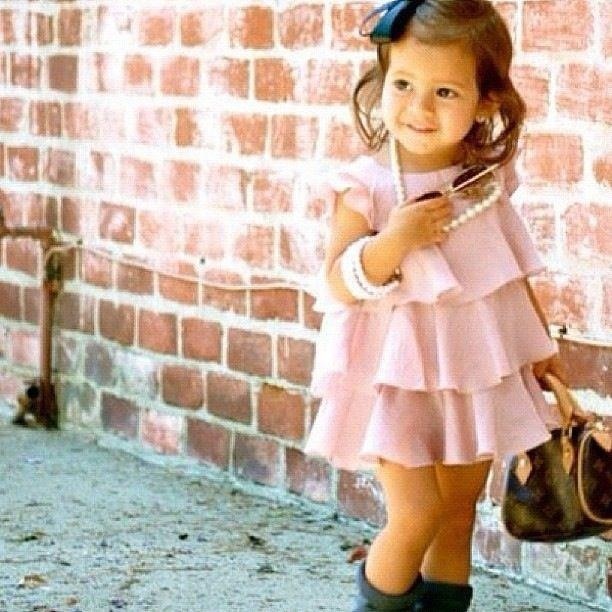
The child puts the jacket on the floor, with the hood towards him, puts his hands in the sleeves and throws it over his head. So the jacket is put on without the help of adults!
- Learning how to put on shoes.
Just like clothes, choose simple shoes. Usually the first thing babies try to do after a year is to put on their own shoes. Therefore, the first shoes should be put on very simply and be without fasteners or Velcro. Place a chair near the entrance, invite the child to sit down and calmly, slowly, put on shoes. It should be noted that in Montessori groups, children who put shoes on the wrong foot are not corrected. Children quickly notice that they are uncomfortable and learn how to put on their shoes correctly. nine0005
- Mutual assistance with dressing.
Montessori children usually help each other while getting dressed. Therefore, if you have several children, offer the elders to help the little ones. Surprisingly, children often understand older children's explanations better than their parents'.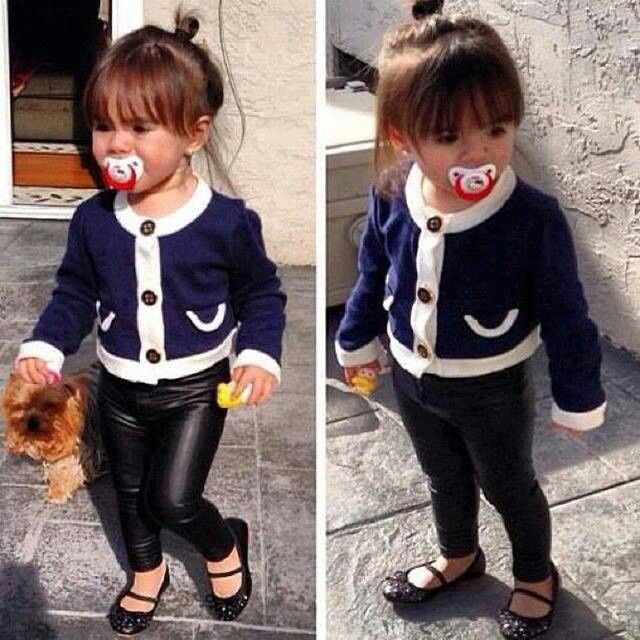
- Self care for clothes and shoes.
After the walk, ask your child to inspect clothes and shoes. Shoes should be cleaned or washed if necessary. Possible stains on outerwear - too. Let your child do it on their own. Teach your child to inspect clothes in the evening and put dirty clothes in the laundry basket, and put clean clothes back in the closet. nine0005
Sooner or later, every mother faces the question of how to teach a child to dress himself. Most often this happens when it comes time to send the baby to kindergarten. Maternity leave is coming to an end. It's time for mom to go to work. This means that every morning you need to wake up the baby and collect him in the garden, and even have time to pack yourself. If earlier a mother could spend a lot of time dressing a child, now no. He must learn to get ready for kindergarten on his own, and quickly. You can’t be late for the garden, and even more so, for work. The skill of self-dressing is taught to a child at the age of 2-3 years.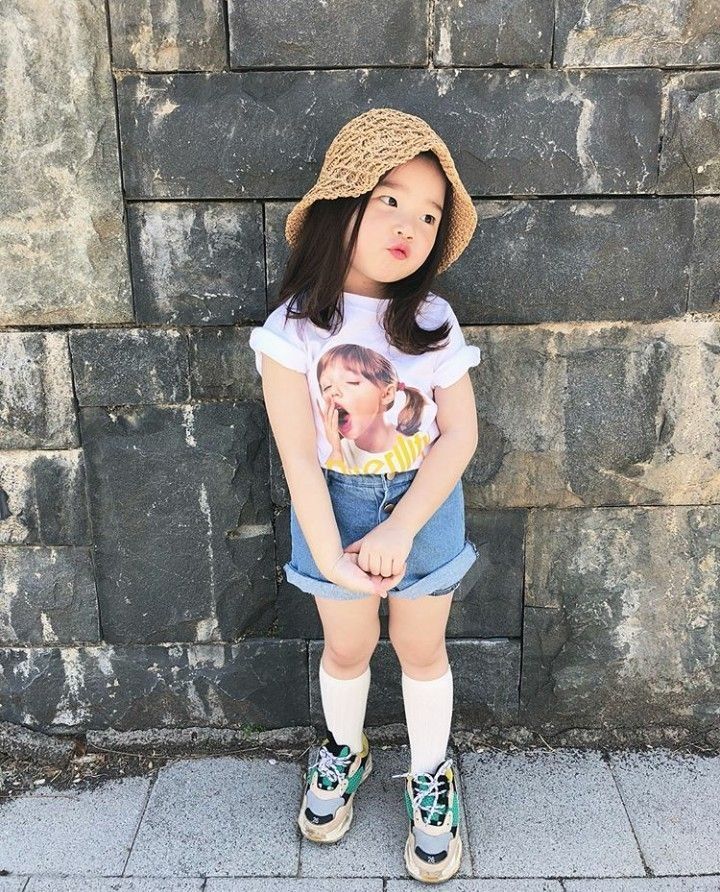 nine0014
nine0014
At some point in life, a child needs to learn how to dress. This skill will come in handy when the baby goes to kindergarten, and a caring mother is not around
Dressing skills for children of different ages
Each new skill develops in a baby not immediately, but gradually. No need to force things. Dr. Maria Montessori believes that the child should be helped to independently acquire a new skill. So it will be fixed thoroughly and for a long time. From adults, only benevolent encouragement and support is required. nine0005
By the age of 12 months, a baby begins to learn how to dress independently. He pulls off his socks and wool cap. Praise him, next time consciously wait until he removes these items of clothing himself. At two years old, the child will try to put on socks and a hat on his own. Let the hat be put on a little sideways, it can always be corrected. At this age, the little man can already take off his pants, tights and underpants.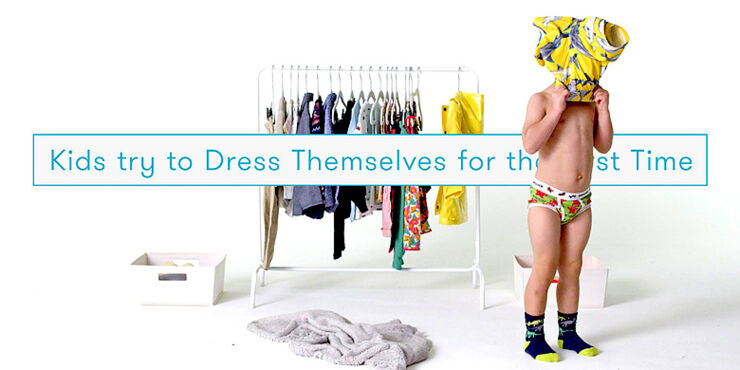 By the age of 3, the circle of his skills is expanding. Can be taught:
By the age of 3, the circle of his skills is expanding. Can be taught:
- put on and take off underpants and warm pants with an elastic band;
- put on a waistcoat without buttons, hat, socks;
- put on shoes without laces and fasteners;
- take off an unbuttoned shirt or blouse;
- Fasten the zipper already inserted into the base on the garment and unfasten it.
By the age of one, babies begin to undress themselves or undress others
By the age of 4, skills increase. The child can:
- put on a T-shirt and a sweater; nine0072
- put on tights or trousers;
- fasten buttons on clothes;
- undress yourself.
It is better for a child to exercise all these skills under the supervision of an adult, so that he will help if something is put on inside out or backwards. Older children, shortly before entering school, can get dressed and undressed without parental supervision.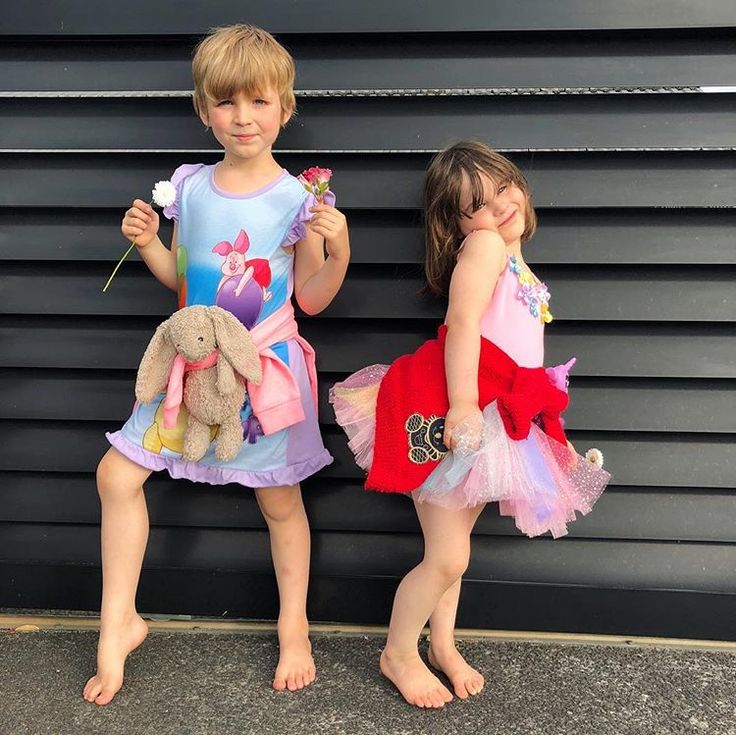 Parents achieve this by gradually accustoming the baby to independence from an early age. nine0005
Parents achieve this by gradually accustoming the baby to independence from an early age. nine0005
From simple to complex - the most correct way of learning
When a child has just learned to walk, he discovers an unknown world of interesting objects in the apartment. Let him take and examine things, try them on. It is necessary to remove from his eyes only objects dangerous from the traumatic side. The main thing is that the baby is under the supervision of elders.
Voice your actions while dressing. Speak: “one handle in the sleeve, the other handle in the other sleeve. Come on, let's put a shoe on it." If you explain your actions all the time, the baby will understand you better. During the next dressing, he will stretch out his arms and legs to you. At about 18 months, the child will try to take off his socks. Rising from the potty, he will try to pull his pants on himself. Take your time, give him the opportunity to express himself. If the action is successful, praise it.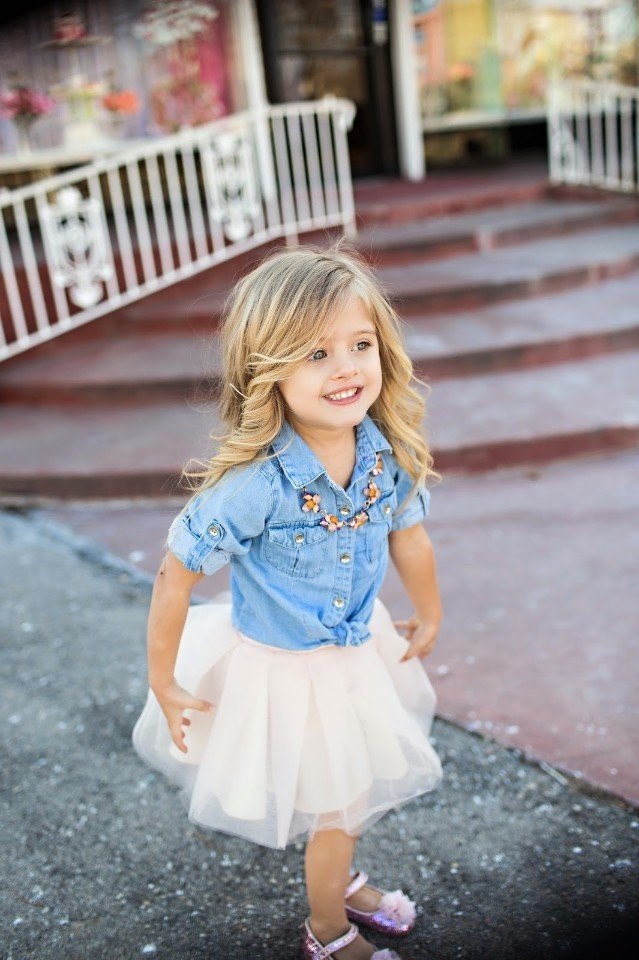 Let the pants be a little skewed, you can always fix it. Try not to do for the child what he can do for himself, and do not skimp on praise. nine0005
Let the pants be a little skewed, you can always fix it. Try not to do for the child what he can do for himself, and do not skimp on praise. nine0005
Funny games will help to teach a child to dress faster, as they will make the process interesting and entertaining. Try to keep your clothes loose and comfortable enough to put on. Wide pants are easier to put on than tights. You can help the little man a little. To encourage him to action, you can pull tights on him not to the end. He will try to pull them up himself. If you manage to only guide the baby along the right path, and not do the dressing steps for him, he will quickly learn to dress himself. nine0005
More difficult stage - putting on T-shirts and sweaters. If the baby is too tight in clothes, he will get stuck in it when dressing and get angry. This will negatively affect his enthusiasm, interest in the process will disappear. Buy the little man clothes one size larger so that he can easily put them on.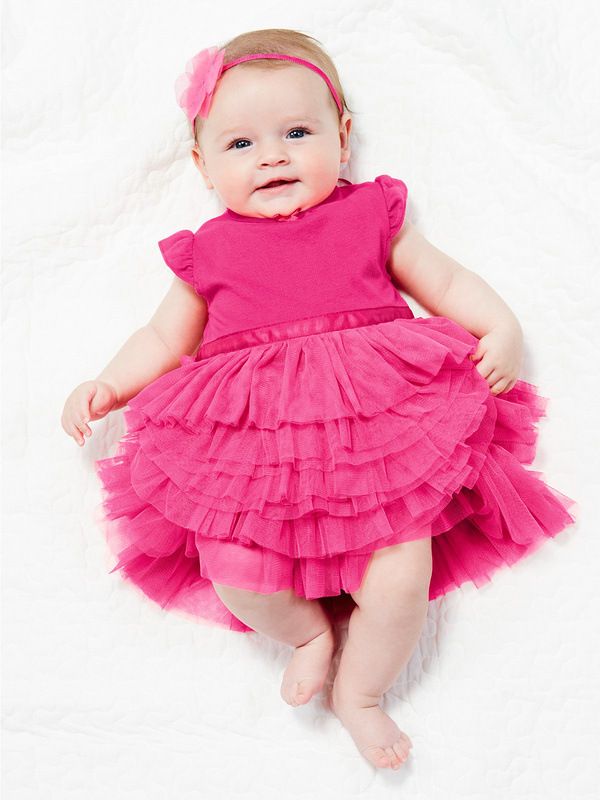 The neck of T-shirts and sweaters should be free. Do not wear turtlenecks and other tight-fitting clothing.
The neck of T-shirts and sweaters should be free. Do not wear turtlenecks and other tight-fitting clothing.
Consider the opinion of the baby
We must not forget about the quality of clothing. It should be not only free, but also comfortable. Check that the sweater does not "bite". Wool should be natural, soft and pleasant to the body. T-shirts are better to choose cotton. The child's taste must also be taken into account. If he absolutely does not like the thing, do not insist on using it. nine0005
All children, especially young fashionistas, like to choose their own clothes. Encourage this and prompt if something is wrong
Many children are able to dress themselves by the age of three, from underwear to outerwear. Think over the baby's outfit so that he does not have to sweat over complicated fasteners. If a child put something on backwards, mixed up his shoes, do not scold him. Help to take off and change clothes.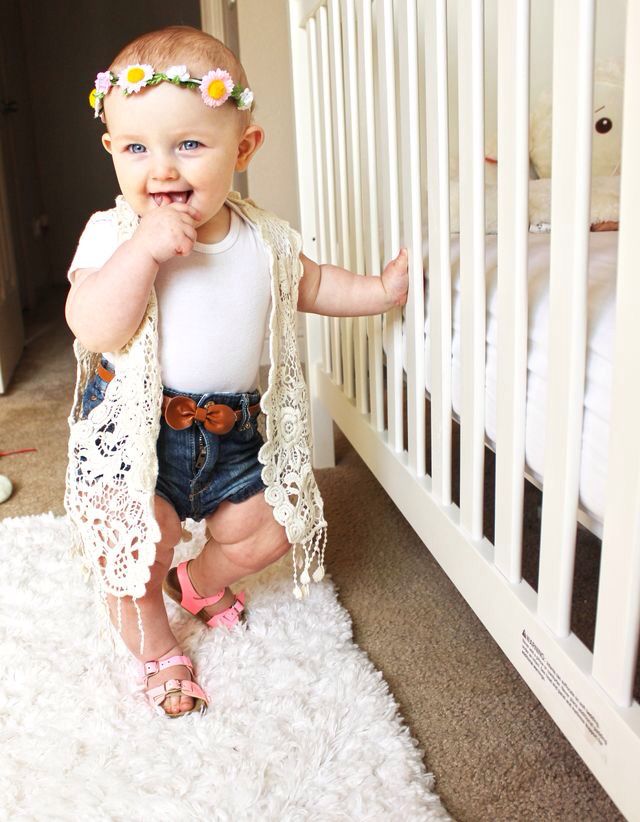 You can fasten the clasps yourself when the rest is already put on. nine0005
You can fasten the clasps yourself when the rest is already put on. nine0005
Praise your child, your good mood and kindness will help him keep his interest in dressing, and reproaches will kill the initiative in the bud. If you miss work, start packing 30 minutes earlier next time.
In the case when the baby can not cope with dressing, help him a little so that he does not get angry and does not lose interest in the process. Do not get annoyed or laugh at the baby. He does not do everything perfectly, but what he does is worthy of your pride. Forget your perfectionism. nine0005
Teaching techniques
Adults do not think about the process of dressing, doing everything mechanically. This system is not suitable for a child. To teach him to put on clothes correctly, examine it with him from all sides. Show him where the heel is at the toe, where the seams are at the tights, where the jacket has the front and where the back is, where the inside is, and where the face is.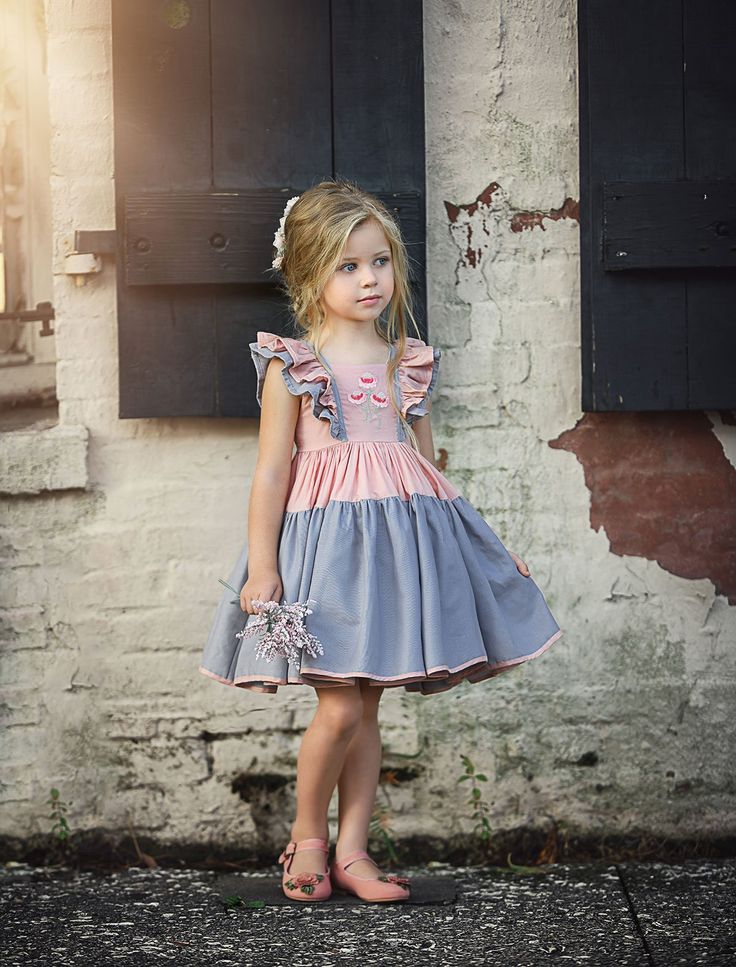 Show how to put the item in front of you to put it on correctly.
Show how to put the item in front of you to put it on correctly.
It is difficult for a child to immediately remember how to put on all things correctly, so the mother needs to be explained how to do it correctly
Explain to the child the sequence of putting on clothes and how to put on each particular item. Previously, you have not thought about how to put on a sweater, first the sleeves, then the neck, or vice versa. How to put on trousers, first sitting, and when the feet look out of the trousers, then standing? Where is the front of the jacket, and where is the back, and how to determine this? Is the neckline worn over the face or over the top of the head? Now all this will have to be substantiated and explained.
Sometimes it doesn't hurt to use a little trick. If you missed a learning moment and your child is used to being dressed by their parents and doesn't want to dress themselves, try turning dressing into a fun game:
- Let the legs be trains and the legs be tunnels to go through.
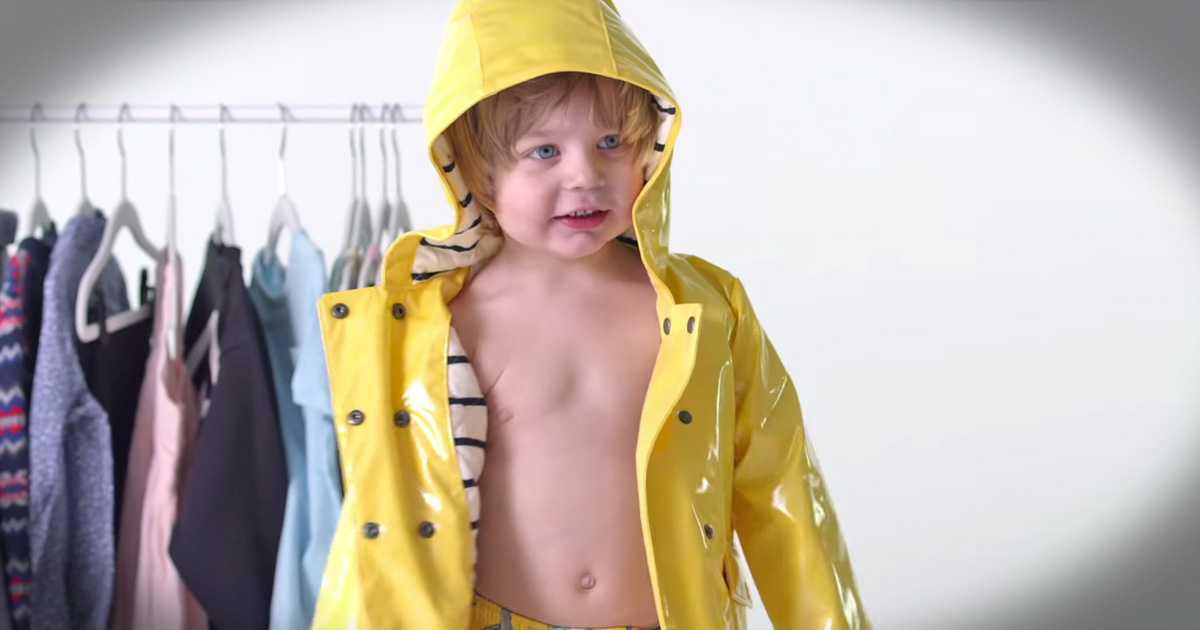
- Have a dressing speed competition. In these competitions, the baby must win.
- "Forget" how to dress properly. Put tights on your head and socks on your hands. Let the child correct you.
- Play with arms and legs. Let them say: "I'm cold, where can I get warm?" or “oh, how scary, I want to go to the house.”
If you skillfully organize the motivation, the child will start dressing himself with pleasure. Try to help your child. nine0005
Having prepared a clothes cheat sheet for a child, you will help him or her build the correct order of dressing
Experience has shown that it is much easier for a child to undress himself than to dress. Start by undressing - let the one-year-old baby take off his socks and hat. If something does not work out for him, help a little, but not completely, so that he completes the process himself. Let the child learn to deal with difficulties. Don't forget to praise him.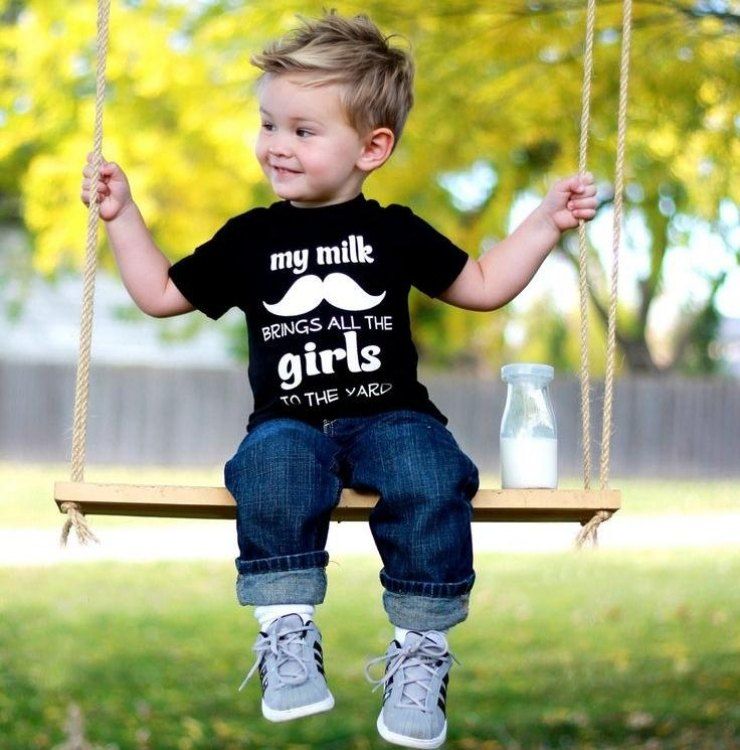
A little man can get agitated by the large number of clothes to put on. It makes sense to divide the clothes into 2 parts - the one that the baby puts on, and the one that the mother puts on him (we recommend reading:). As you learn, transfer 1 item from your piece of clothing to the baby. Do this until the child begins to dress himself. nine0005
To remember the sequence of putting on clothes, you can make a poster - a cheat sheet. Draw on it the items of clothing in the order in which they should be worn. When dressing, help your child arrange the clothes in the correct order. Let the kid check if you have laid everything out correctly.
For dressing in the morning before kindergarten, prepare clothes for your preschooler in the evening. Arrange it in the order in which it is worn on a chair or somewhere else where it will not interfere with anyone.
In order for the baby to remember where things are in front, get blouses and trousers with pockets, with bright prints in front.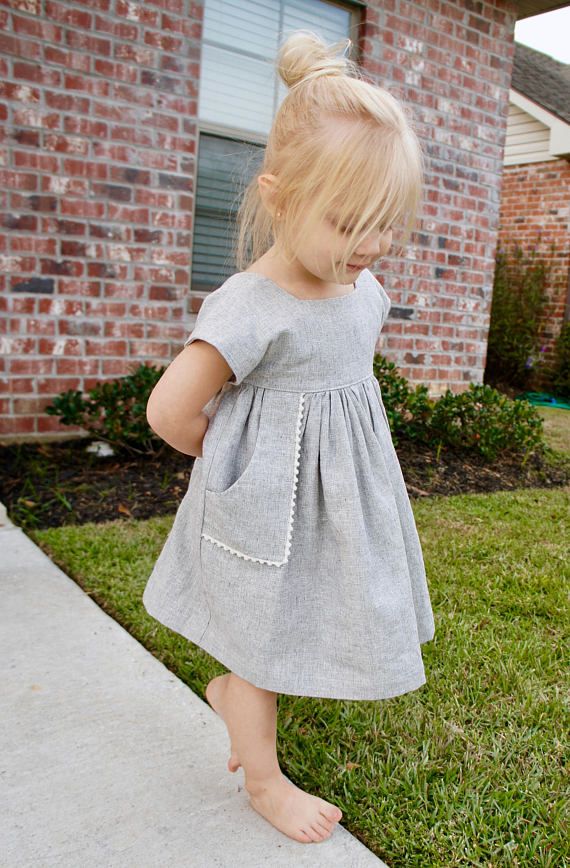 If the thing is one-color, make embroidery or appliqué on it. They won't ruin a plain t-shirt, sweater or dress.
If the thing is one-color, make embroidery or appliqué on it. They won't ruin a plain t-shirt, sweater or dress.
By teaching your child to dress themselves at a young age, you prepare him for a quick get-together at school. If he wants to wear a yellow sweater instead of a blue one, don't stop him. Replacing a skirt with trousers or a sundress can prevent a scandal. When a child does not want to dress himself, he may not get enough sleep or feel unwell. Agree that you will help him - you will put on the right sleeve and right leg, and he - the left side. nine0005
Choose clothes with your baby. Go shopping together. Go through the contents of the closet together. Ask the little man what he wants to wear to kindergarten. If his choice is unsuccessful, explain why you object - the clothes are not suitable for this weather, the colors do not match with each other.
Praise your child more often. The son himself put on his pants - well done.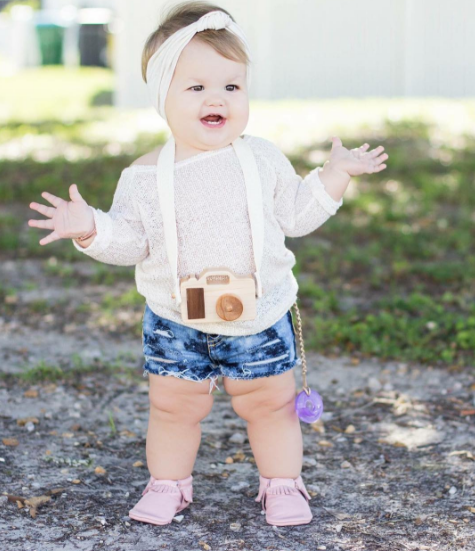 My daughter put on her shoes on her own - great. The child put on the sweater backwards - an achievement. You can change it later. Praise will help your baby learn to dress on his own much better than reproach. nine0005
My daughter put on her shoes on her own - great. The child put on the sweater backwards - an achievement. You can change it later. Praise will help your baby learn to dress on his own much better than reproach. nine0005
The older a child gets, the more problems parents face in their upbringing. For example, one of them is teaching a child to dress himself. After all, the baby should master this skill at an early age, and he cannot do without the help of adults. Therefore, parents face the question of how to teach a child to dress independently at 3 years old. Experts remind that this process does not always happen easily and quickly, in most cases the training drags on for a long time, but the result will certainly please parents and the little one. All that is needed is patience so as not to discourage him from wanting to dress himself. nine0005
Stepping up the steps of learning
Parents often ask at what age should children start learning this skill? Teachers remind that dressing and undressing belong to the group of cultural and hygienic skills.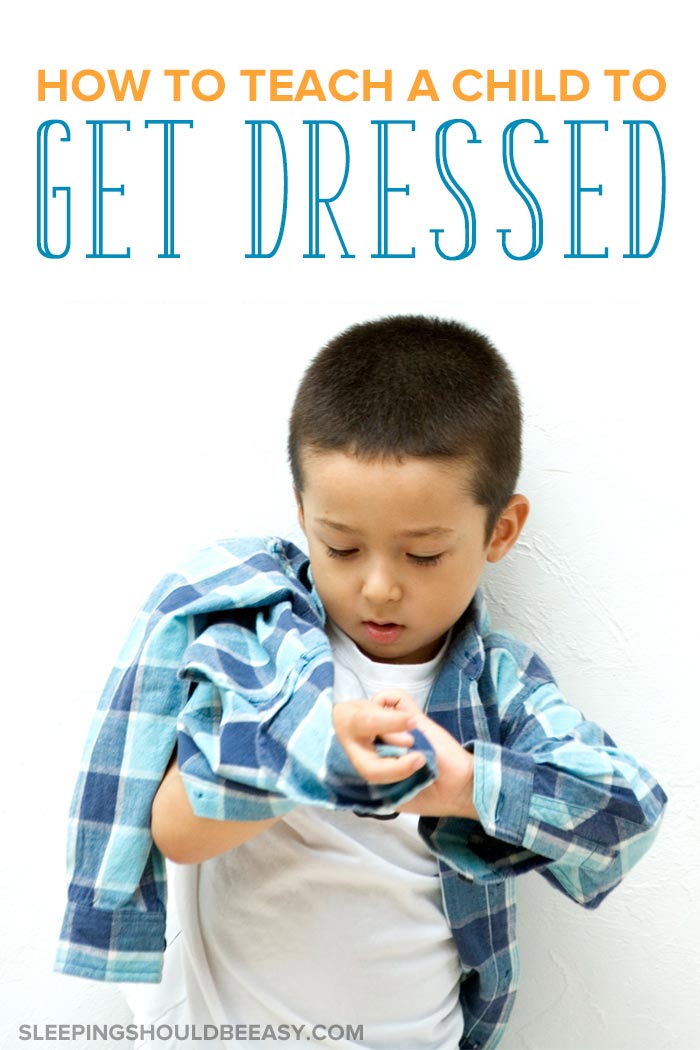 They are the main and practically the main ones at an early age. It should be borne in mind that as early as 2 years old, kids become curious and active. They want to help their mother with housework, they want to dress up and do everything like adults. You should not interfere with the acquisition of knowledge, because it is at this age that you can begin to teach babies to dress. At the same time, adults should understand that learning should go gradually, taking into account age-related characteristics. Then the child will be interested, and parents will not be a burden
They are the main and practically the main ones at an early age. It should be borne in mind that as early as 2 years old, kids become curious and active. They want to help their mother with housework, they want to dress up and do everything like adults. You should not interfere with the acquisition of knowledge, because it is at this age that you can begin to teach babies to dress. At the same time, adults should understand that learning should go gradually, taking into account age-related characteristics. Then the child will be interested, and parents will not be a burden
Important! If the baby is not able to get dressed yet, then you should unobtrusively and without irritation help him until he starts crying. If the baby experiences negativity when dressing, then further learning will become almost impossible.
Teachers insist that it is necessary to teach a child to dress independently at the age of 3. It is at this age that children begin attending kindergarten.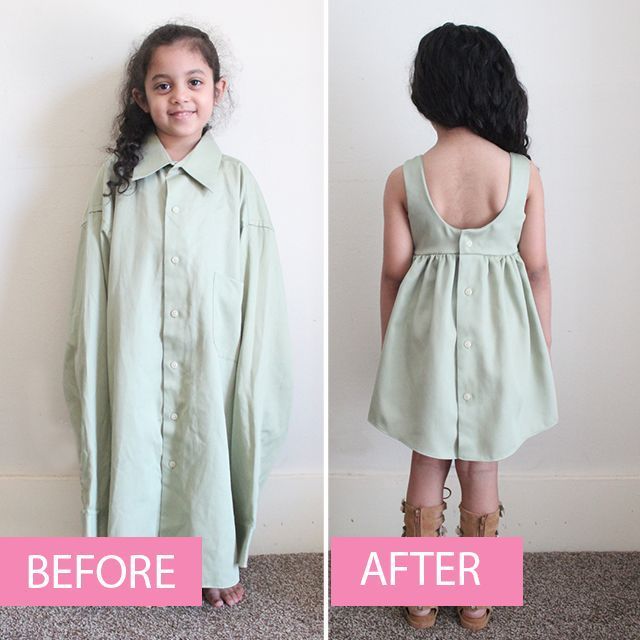 At the age of three, we teach boys and girls to put on and take off pajamas, panties, skirts, pants and tights. In a team, the learning process will go much faster, because the kids strive to gain authority from their peers and educators. If parents do not intend to send the little one to a preschool institution, you still need to independently teach him the basics of dressing and undressing. At three years old, the baby should do this for his own convenience and comfort. nine0005
At the age of three, we teach boys and girls to put on and take off pajamas, panties, skirts, pants and tights. In a team, the learning process will go much faster, because the kids strive to gain authority from their peers and educators. If parents do not intend to send the little one to a preschool institution, you still need to independently teach him the basics of dressing and undressing. At three years old, the baby should do this for his own convenience and comfort. nine0005
Important! Even if a child already knows a lot, he should be constantly praised, supported and encouraged to strive for further improvement of the skill.
The most common mistakes parents make when learning
- Parents are late with learning, it is better to start learning when independence is manifested, at about two years.
- Ignore further learning when adults see that the baby knows how to undress and dress. nine0072
- You can not rush the baby, so as not to discourage him from doing something.
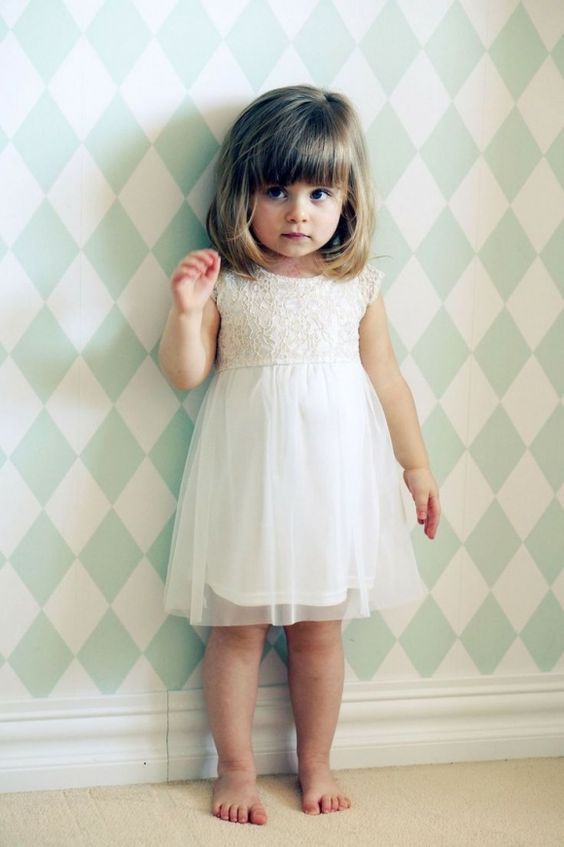
- No need to provide help if the baby does not ask for it, it is better to explain in words or show by example how to do it right.
- You can not scold for mistakes, but be sure to praise for achievements.
- Parents pay little attention to play moments, meanwhile, children perceive learning in the process of play better.
Dressing education calendar by age
Teachers have developed an age calendar when a preschool child should be able to put on and take off some things on their own. The table will help parents determine the level of development of the child and his self-care skills.
| Age | Self action | Adult help |
| 2 years |
| Dressing is done with the help of parents |
| 3 years |
| A little help from parents |
| 4 years |
| Parental help with tying shoelaces |
| 5 years |
| Not required |
| 6 years |
| Not required |
Features of learning at an early age
Learning to dress in the first year of life
When dressing very young children, it is necessary to comment on the actions, say the names of all elements of the wardrobe, describe their quality and properties.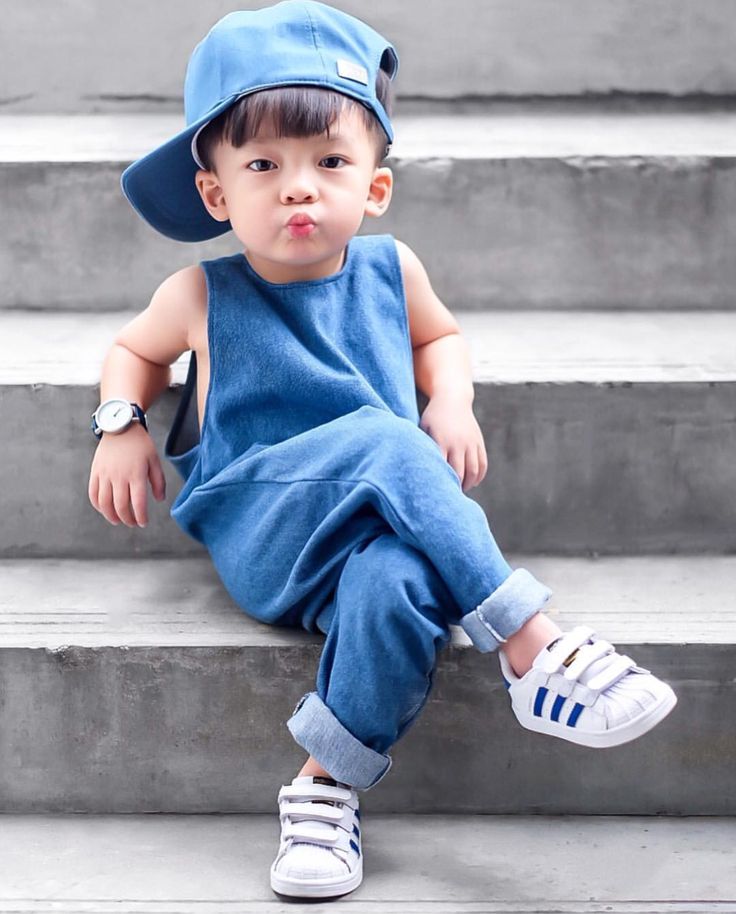 It is necessary to name the parts of the child's body: arm, leg; ask to give the pen of the little one, explain that you need to put it in the sleeve of the blouse. It doesn’t matter at all whether the baby can do it or not, whether he can talk, everything is remembered in a passive dictionary. nine0005
It is necessary to name the parts of the child's body: arm, leg; ask to give the pen of the little one, explain that you need to put it in the sleeve of the blouse. It doesn’t matter at all whether the baby can do it or not, whether he can talk, everything is remembered in a passive dictionary. nine0005
Comments during dressing are divided into several stages:
- Warn the baby about his actions;
- Comment on actions and explain them;
- Summarize when a result is achieved.
You should not demand only self-dressing from the crumbs, you should show how to do it correctly. In such a difficult matter, games, joint actions with a little one will help. These may include assistance in guiding the baby's hands, demonstration on toys. As soon as it becomes clear that the child has begun to act and everything is working out for him, this becomes an additional incentive to continue classes. An adult can help only if the crumbs have difficulties.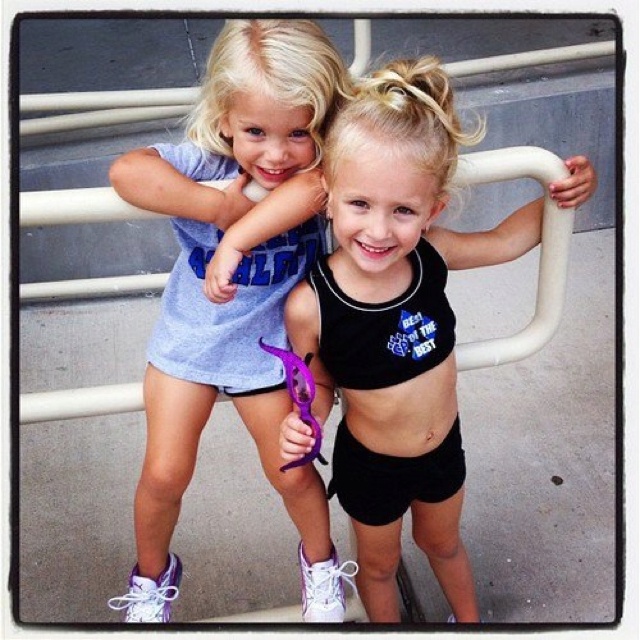 If everything goes smoothly, then you should not beat off the child’s desire for independent actions. It is imperative to praise the baby for any achievements and successes. nine0005
If everything goes smoothly, then you should not beat off the child’s desire for independent actions. It is imperative to praise the baby for any achievements and successes. nine0005
Important! You can give your baby various objects for the development of motor skills: buttons, lacing. Such manipulations help not only develop logical thinking, but also form dressing skills.
Learning to dress at an early age 1 - 3 years
After a year, the child is able to independently give the necessary things to an adult, stretch out his hands when putting on a blouse or T-shirt, raise his head when putting on a hat. Be sure to continue to comment on all your actions, to involve the child in a conversation with an adult. At a year and a half, the little one is able to undress without the help of his parents. nine0005
By the age of two, the child raises two handles to put on a sweater or dress, puts his hands into the sleeves of a coat or jacket, puts his legs into tights with the help of an adult, removes almost all elements of clothing. It is important for parents not to miss the moment when the little one begins to demand independent actions for himself, he will want to do everything himself. At this time, you need to start active learning, the process will be easy and interesting. Naturally, you need to purchase the most simple clothes. It should be as possible, then it will be possible to notice significant progress by the age of three. nine0005
It is important for parents not to miss the moment when the little one begins to demand independent actions for himself, he will want to do everything himself. At this time, you need to start active learning, the process will be easy and interesting. Naturally, you need to purchase the most simple clothes. It should be as possible, then it will be possible to notice significant progress by the age of three. nine0005
Micro-processes must be taken into account when learning to dress. For example, up to three years old, the baby learns to put on specific items of clothing. He is not able to completely change his clothes after waking up, but he is able to pull on panties and tights, trousers and socks without the help of adults. This is called mastery of microprocesses. Dressing completely for a walk is a holistic process, and putting on individual elements of clothing is a micro-process.
How to avoid whims?
Teachers advise: the main thing is to dress without tears! Little children need to constantly move, they have a lot of unspent energy, they cannot sit in one place.